- Funky styling gives the Stonic character
- Excellent ride and handling balance
- Reasonably well equipped for the money
- Engine is underpowered, loud and thirsty
- Overseas models get more equipment
- Long warranty but expensive to service
The light SUV segment is in increasingly important segment for car makers. In Australia in 2022 so far, 48,381 of them have been sold – and that’s in a year with heavy supply constraints and big waiting lists too. Kia was late to the party with the Stonic in Australia, but now that it’s arrived, it’s selling well with 8,119 sales so far – just behind its arch rival, the Mazda CX-3. Are that many buyers correct in choosing the Stonic? We tested the mid-spec 2022 Kia Stonic Sport to find out.
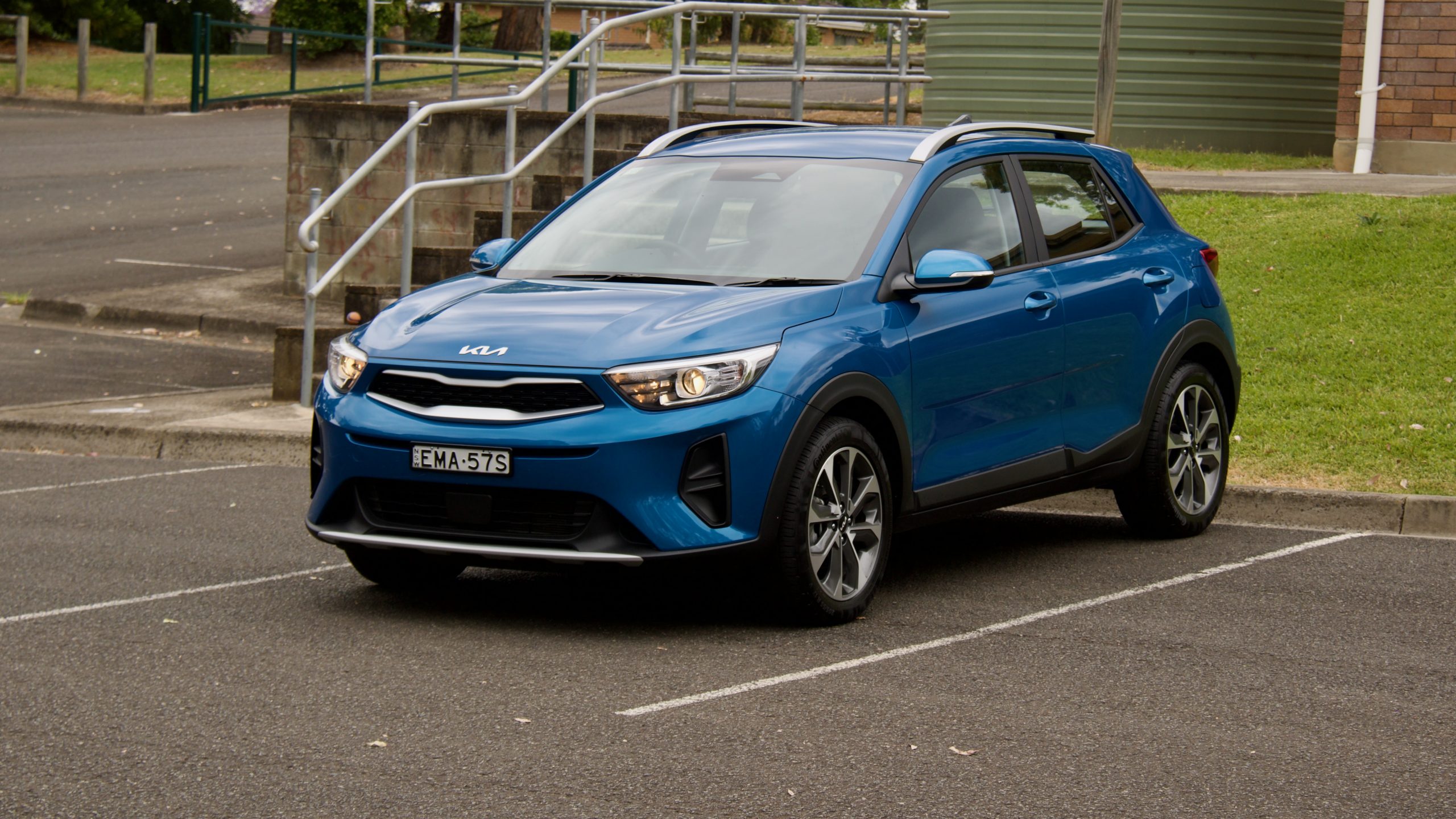
There are a plethora of rivals to the Stonic Sport, including the Mazda CX-3, Toyota Yaris Cross, Ford Puma and Hyundai Venue. They’re all based off light cars like the Mazda2, though typically feature roomier cabins and higher pricing. The Stonic’s pricing sits at the low end of the light SUV class – you can get one for as little as $24,690 drive away – so let’s find out if that helps it in a crowded segment.
Price & Equipment: 8/10
There are three Stonic models available in Australia and we tested the mid-spec Sport automatic, which is priced from $26,490 plus on-road costs or $28,190 drive away nationally.
Standard equipment on the Stonic Sport includes 17-inch alloy wheels, manual air-conditioning, electric windows, electric heated/electric-folding mirrors, height adjustment for the driver’s seat, roof rails, automatic halogen projector headlights with halogen daytime running lights (DRLs), an 8.0-inch touchscreen with wired Apple CarPlay and Android Auto, satellite navigation, digital radio, a six-speaker sound system, a leather steering wheel, cruise control with a speed limiter, keyless entry and start, two USB-A ports (including one for rear passengers) and a 12V socket.
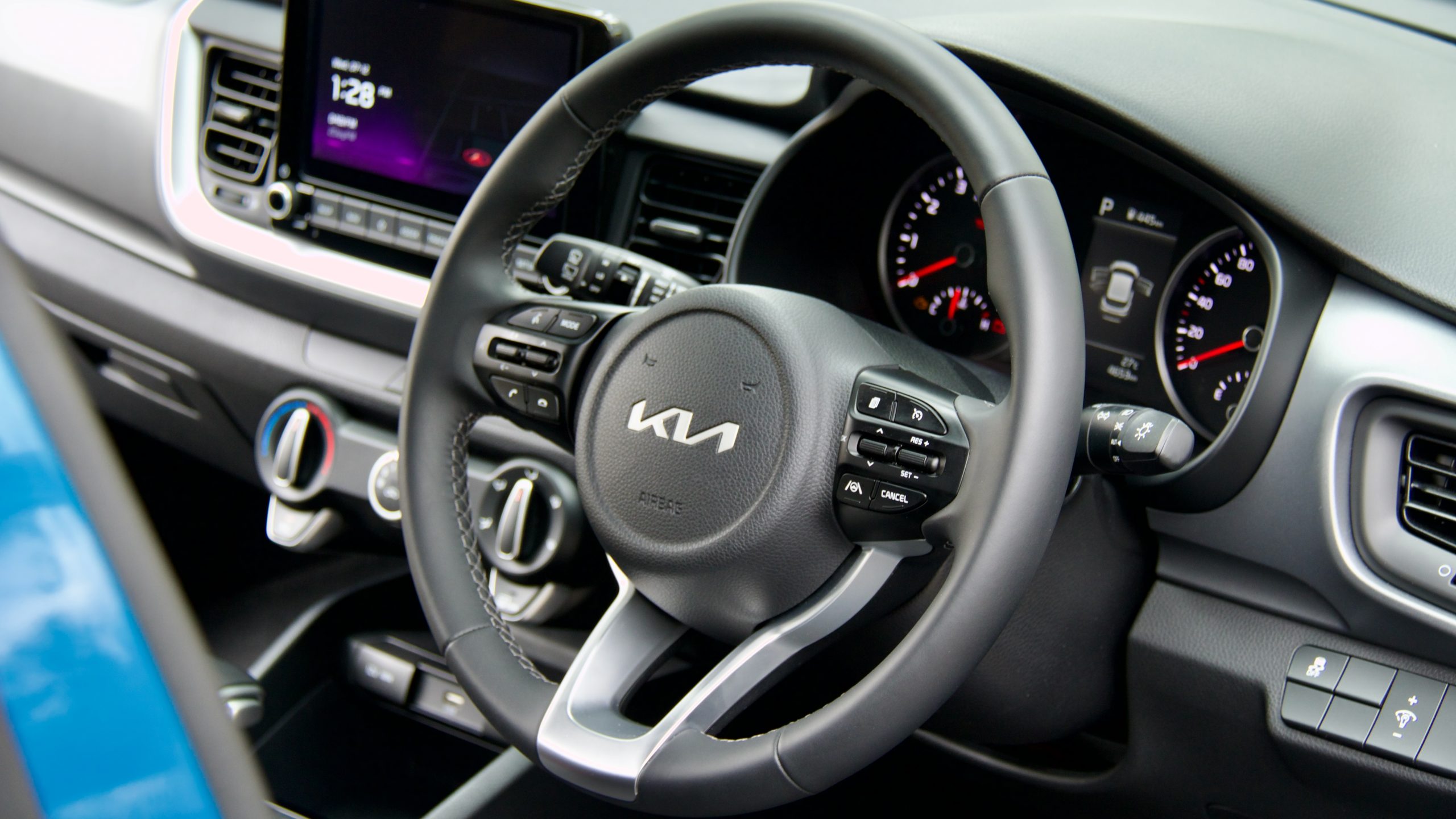
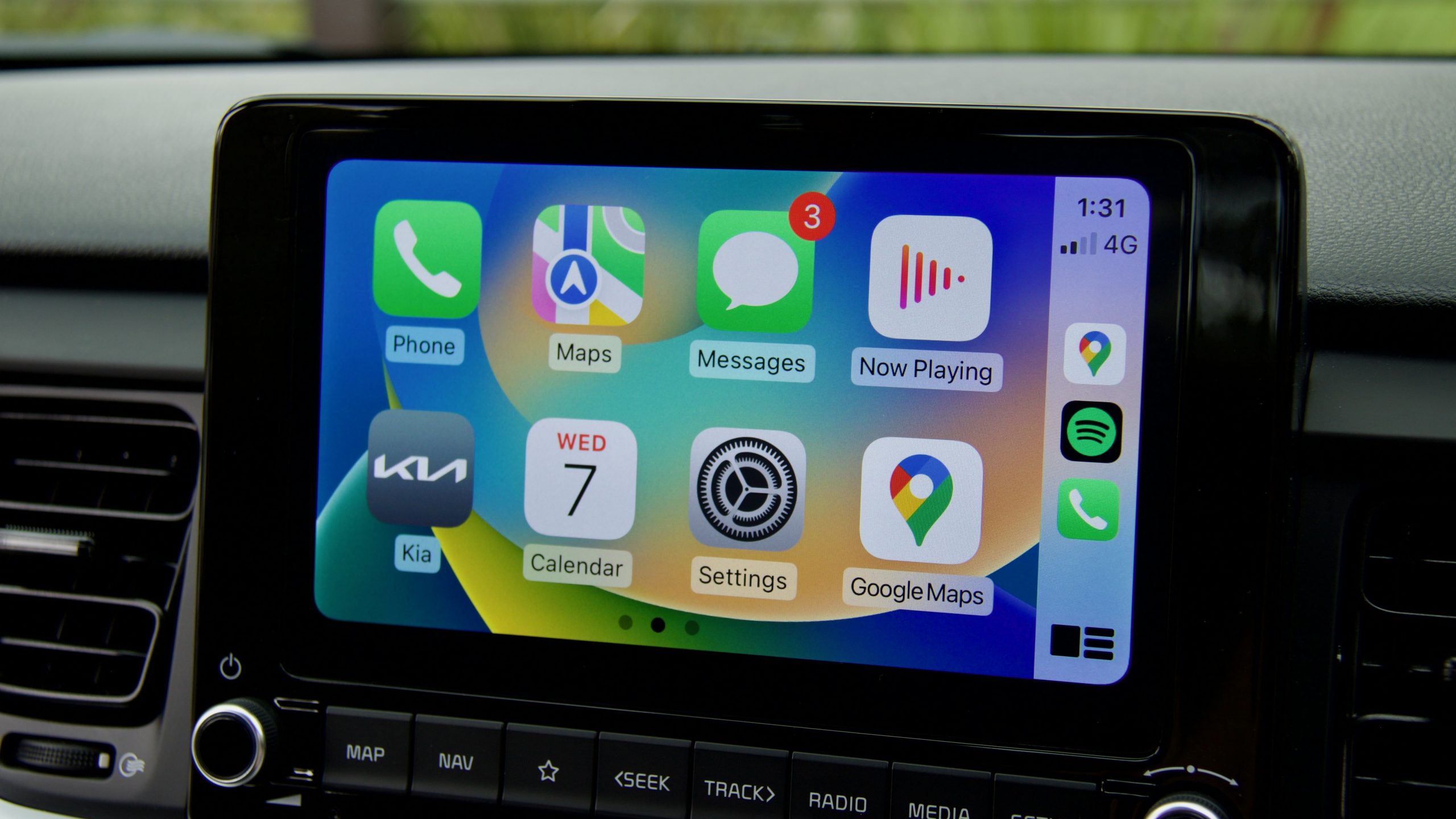
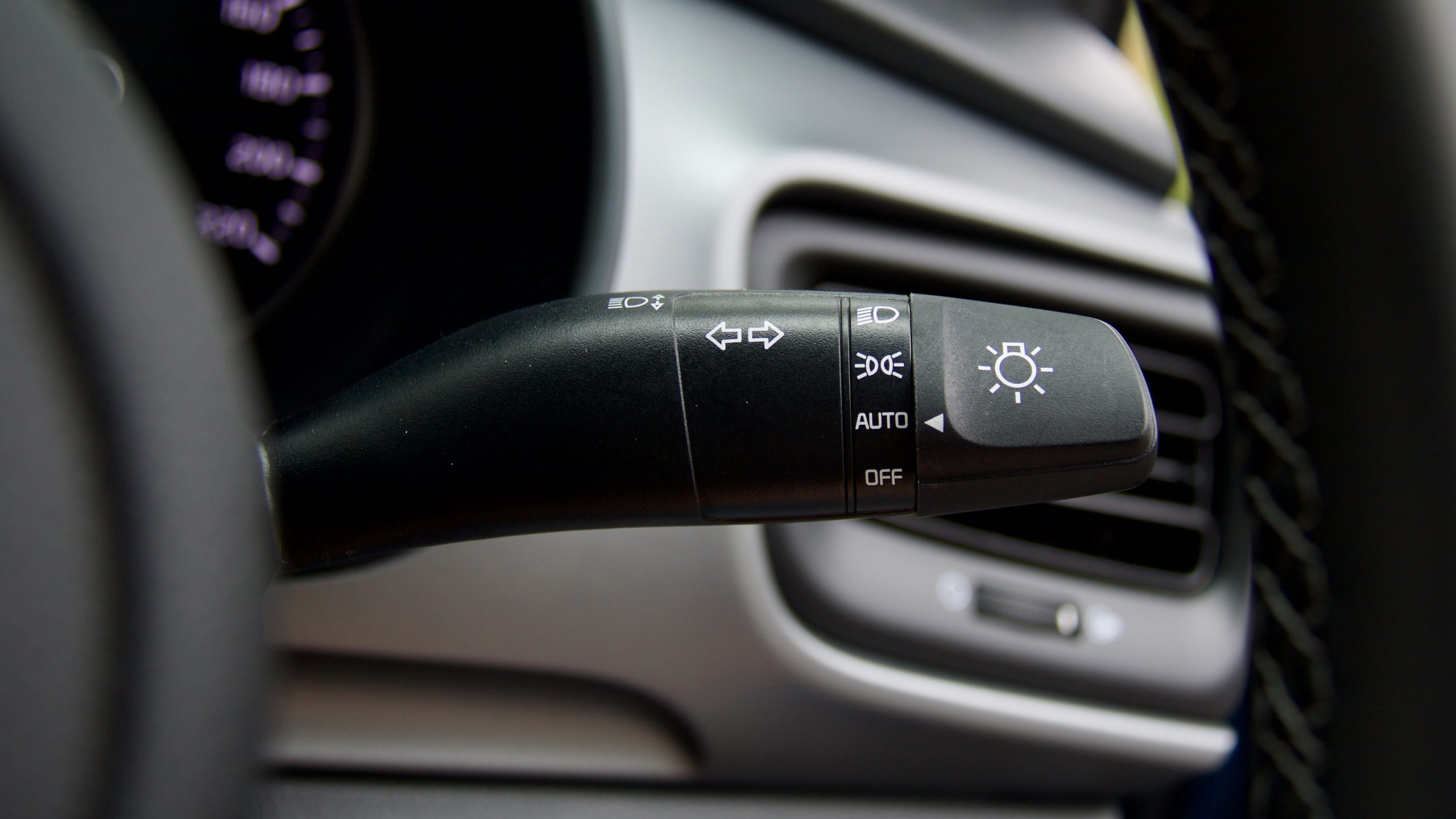
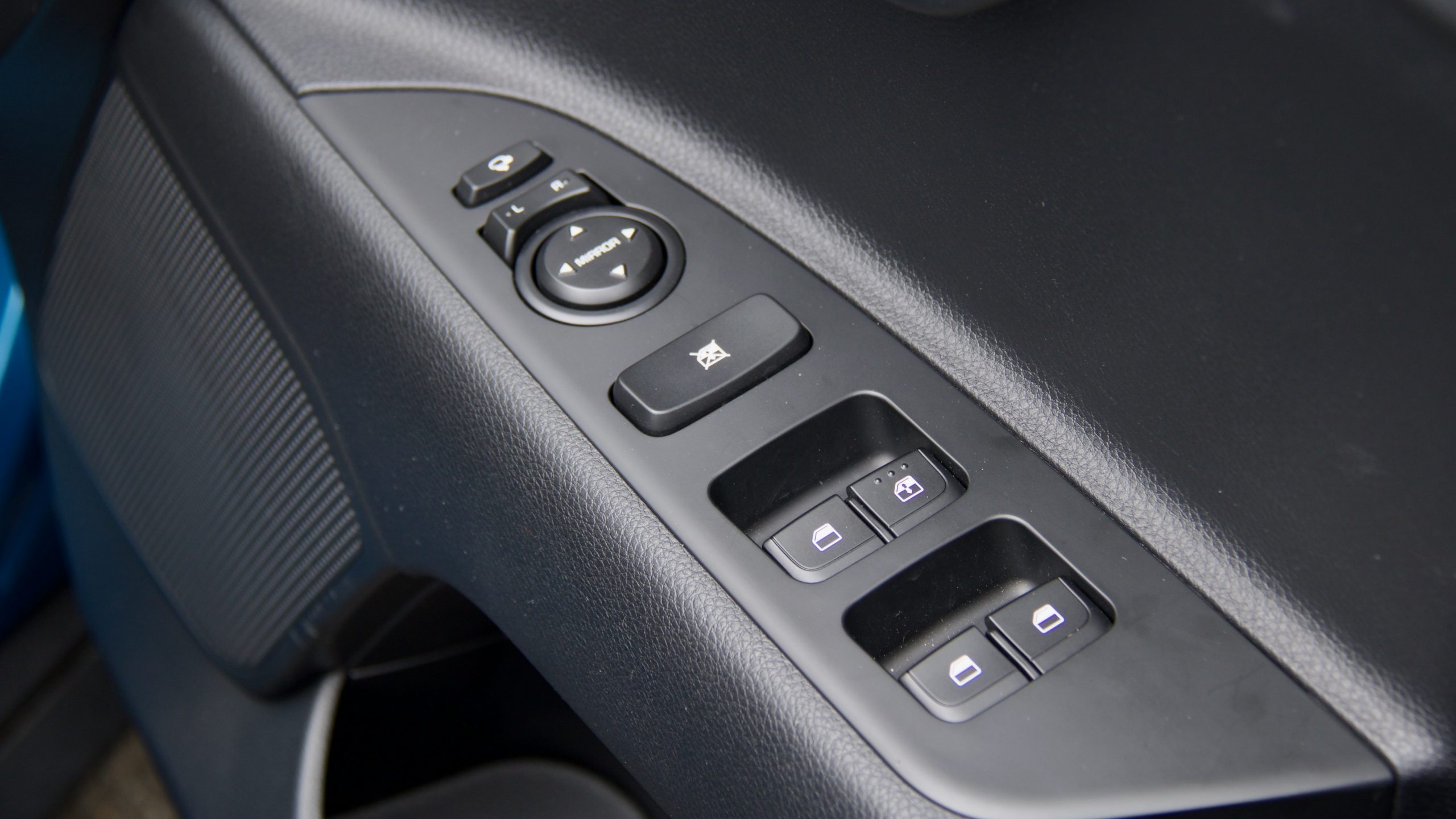
Safety kit includes six airbags, auto emergency braking (AEB), lane keep assist with lane follow assist, driver attention monitoring with leading vehicle departure alert, rear parking sensors and a reversing camera. We think the Stonic Sport should have more safety equipment like auto high beam, blind-spot monitoring and rear cross-traffic alert to further improve the value equation.
The only no cost colour option is ‘Clear White’, while all other options cost $520 extra and include ‘Mighty Yellow’, ‘Signal Red’, ‘Silky Silver’, ‘Perennial Grey’, ‘Aurora Black’ and our test car’s ‘Sporty Blue’. The only interior option is black and grey cloth.
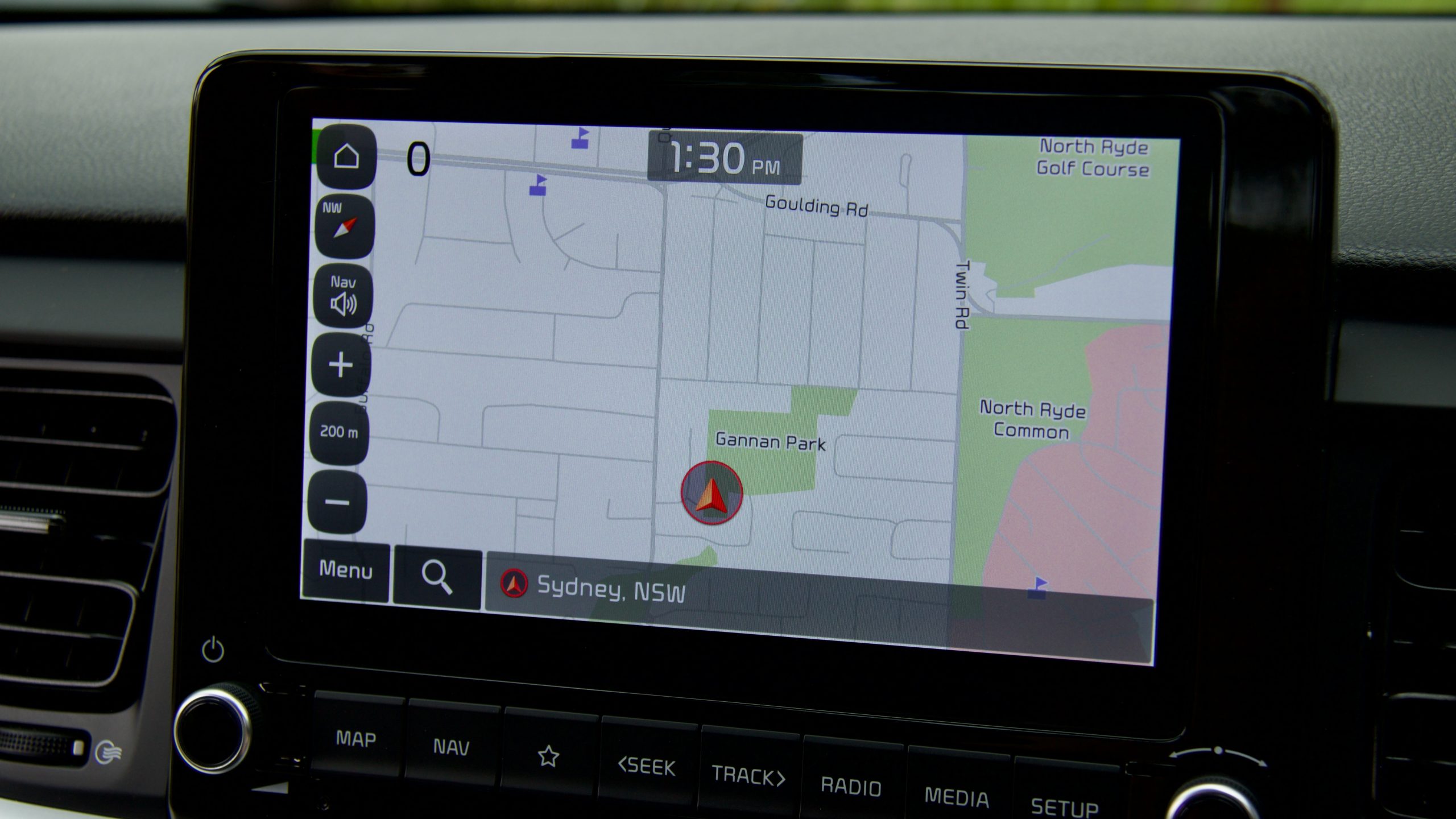
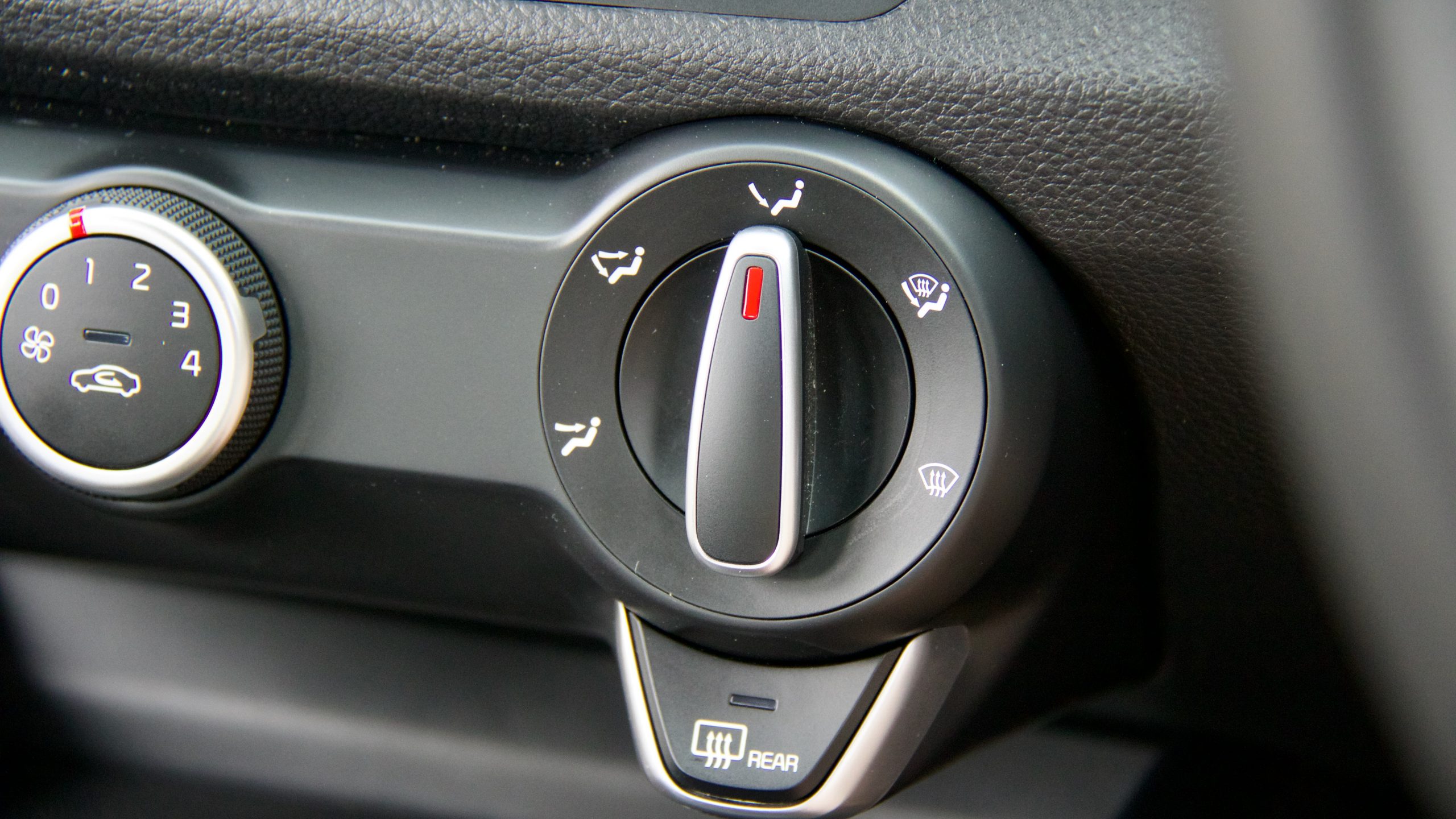
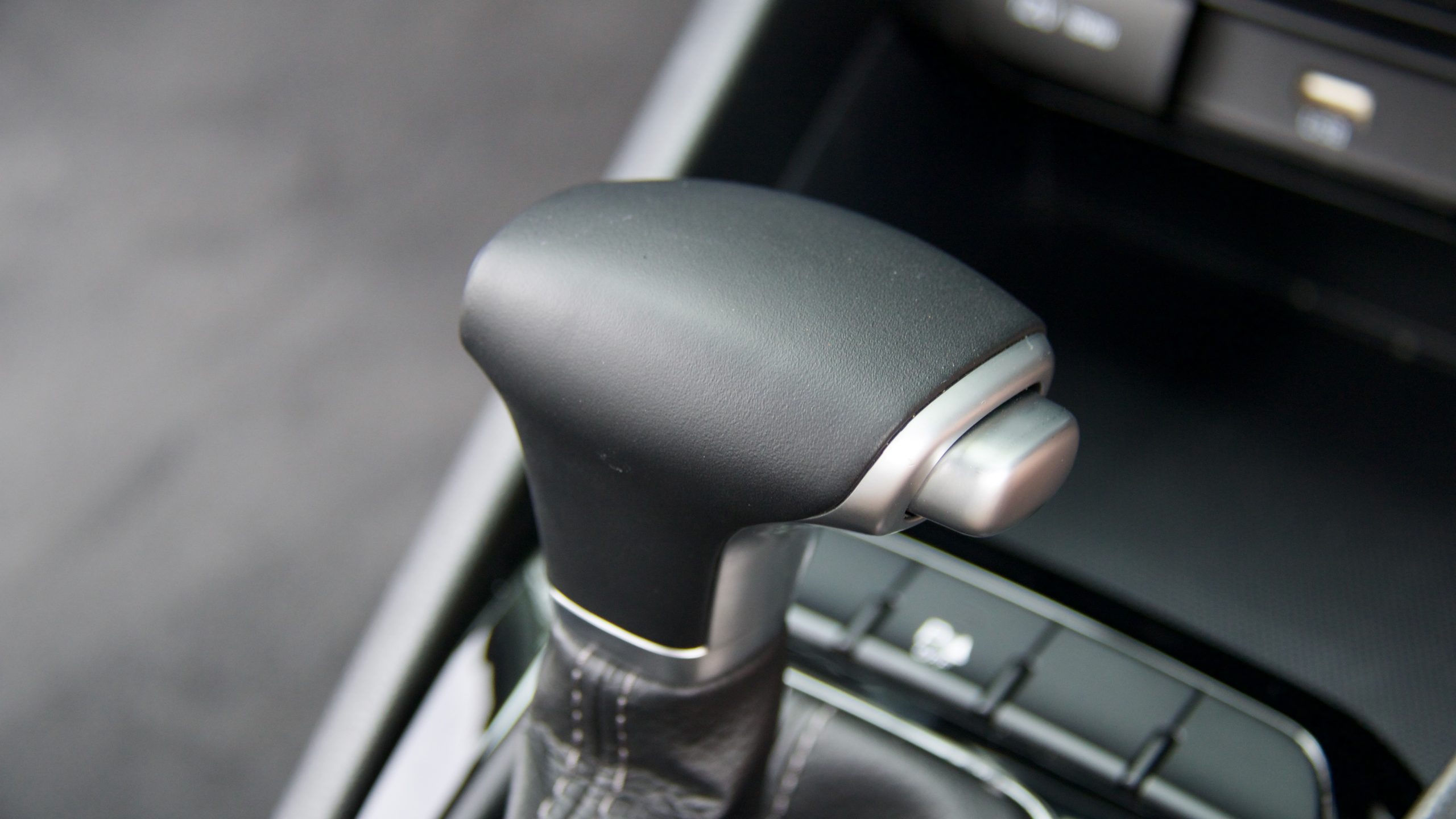
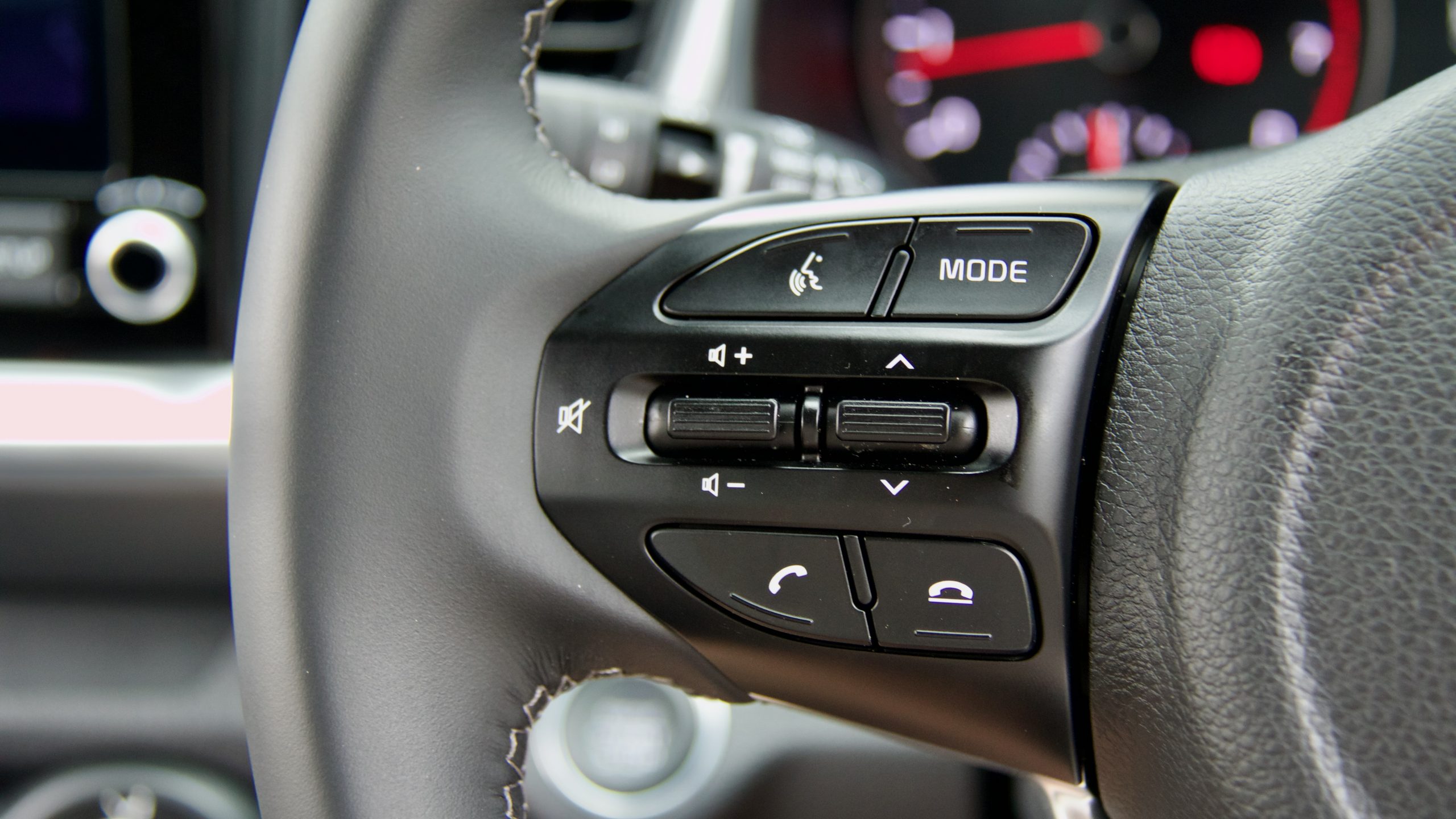
The chief competition to the Stonic Sport are the Mazda CX-3 Neo Sport (priced from around $29,500 drive away) and the Toyota Yaris Cross GX (around $31,000 drive away). Against those two competitors, the Stonic Sport looks like reasonable value for money as it has larger 17-inch alloy wheels, a big 8.0-inch touchscreen with navigation and keyless entry and start.
The CX-3 has the same size touchscreen but no satellite navigation, as well as smaller 16-inch wheels with daggy hubcaps and is missing a leather steering wheel – it does have automatic braking in reverse, however. The Yaris Cross GX does have single-zone climate control, auto-folding mirrors, a leather steering wheel, 16-inch alloy wheels and more safety kit – eight airbags, a more sophisticated auto braking system with pedestrian and cyclist detection, intersection assistance and auto high beam.
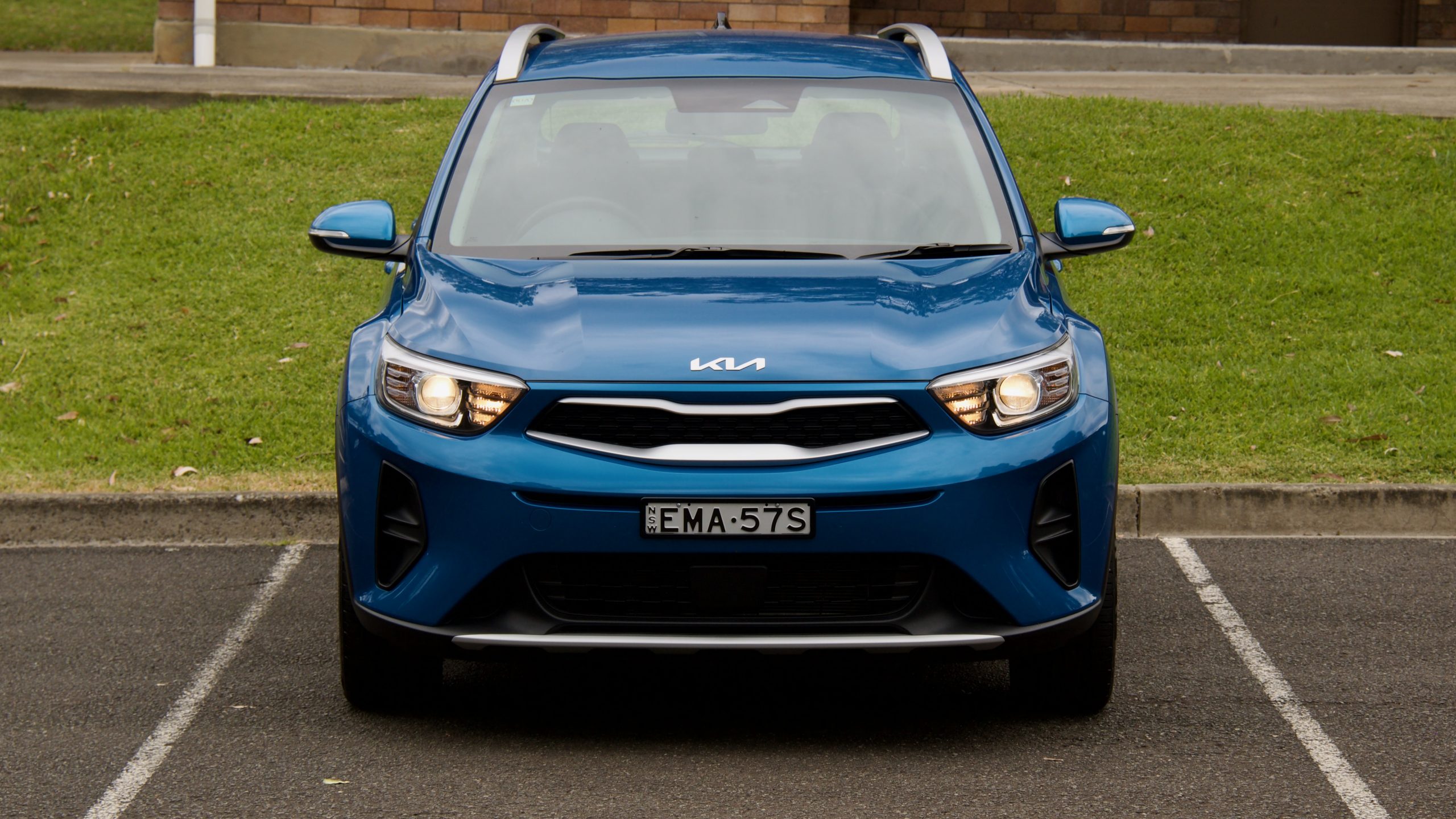
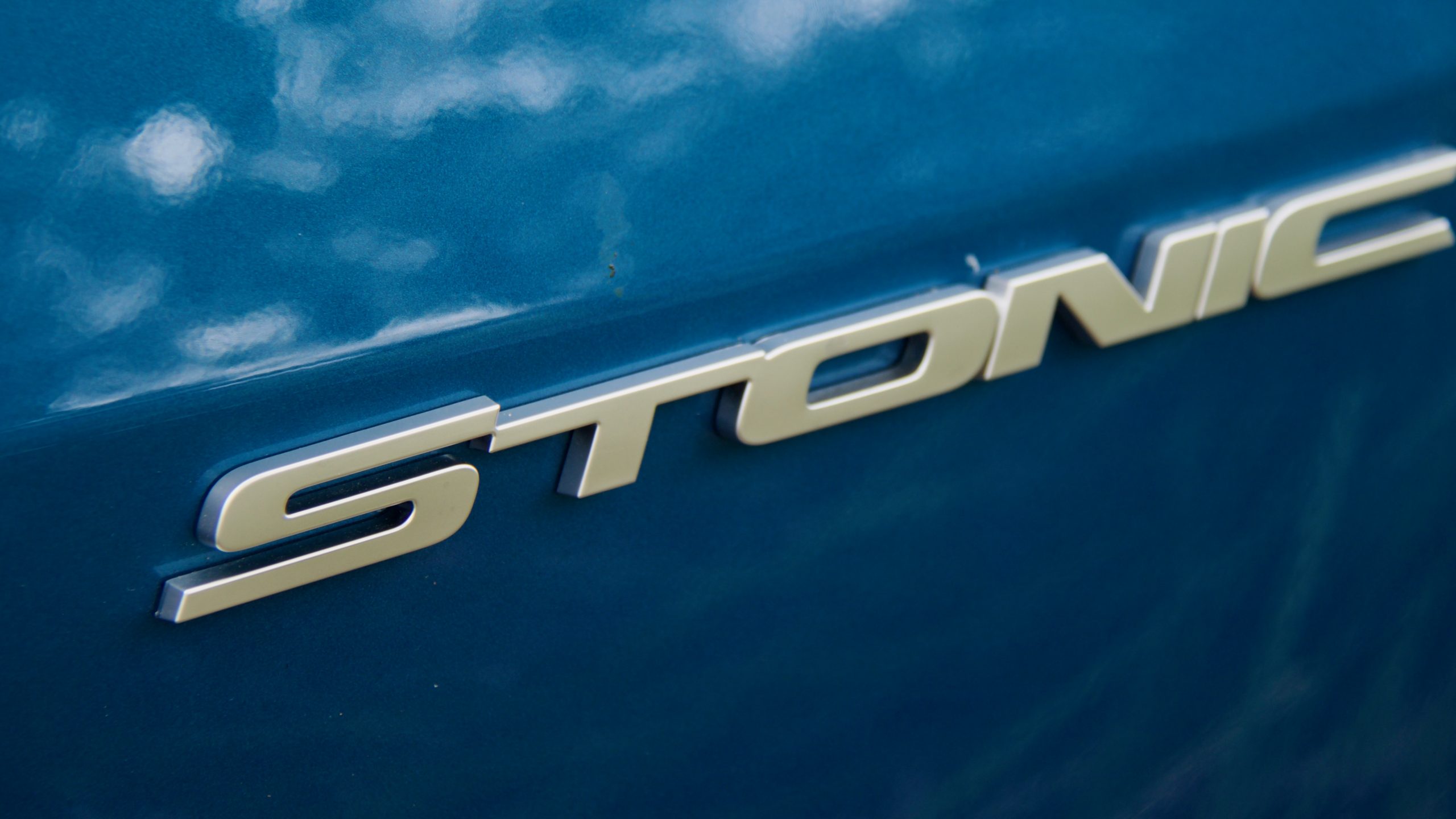
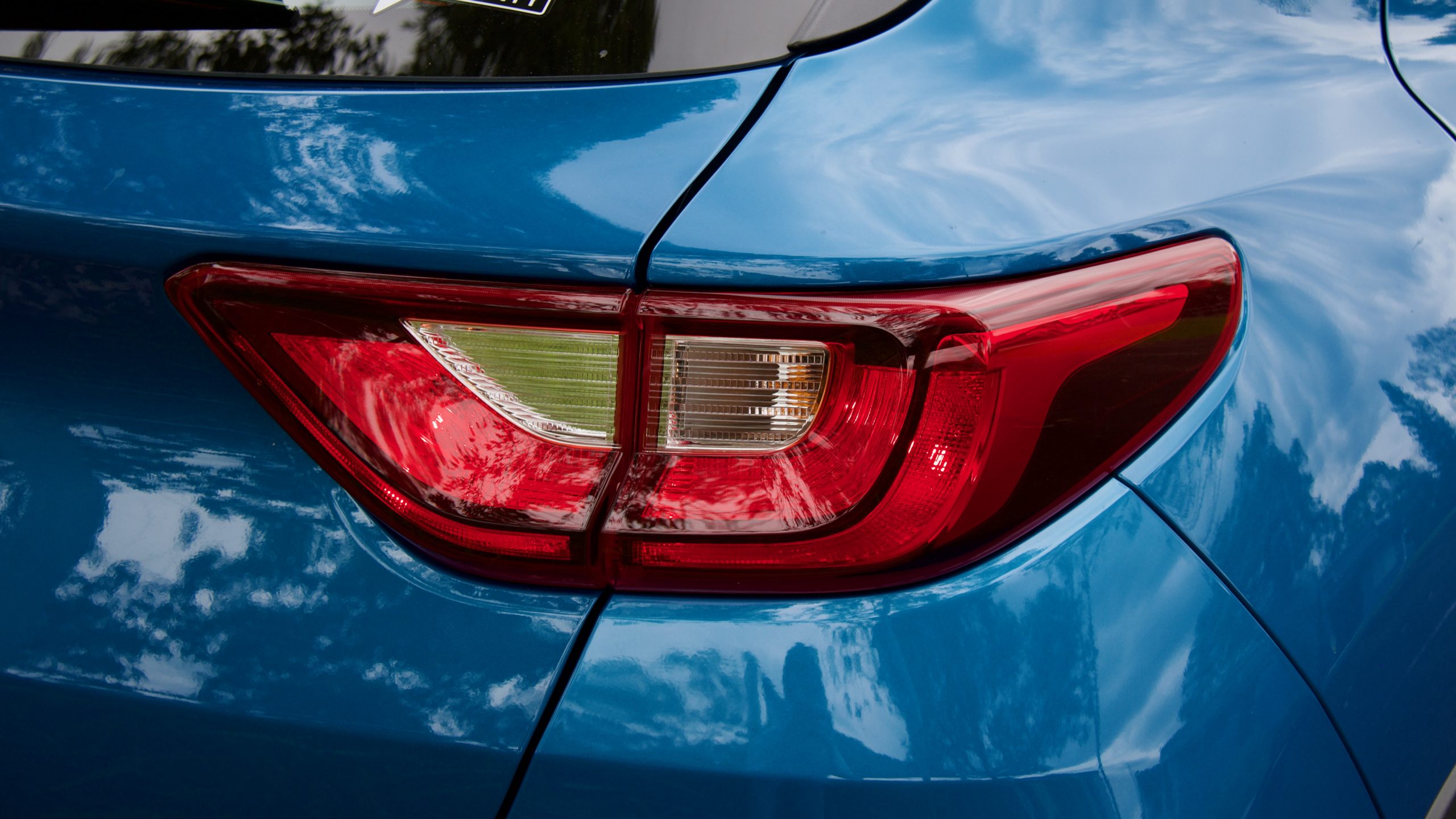
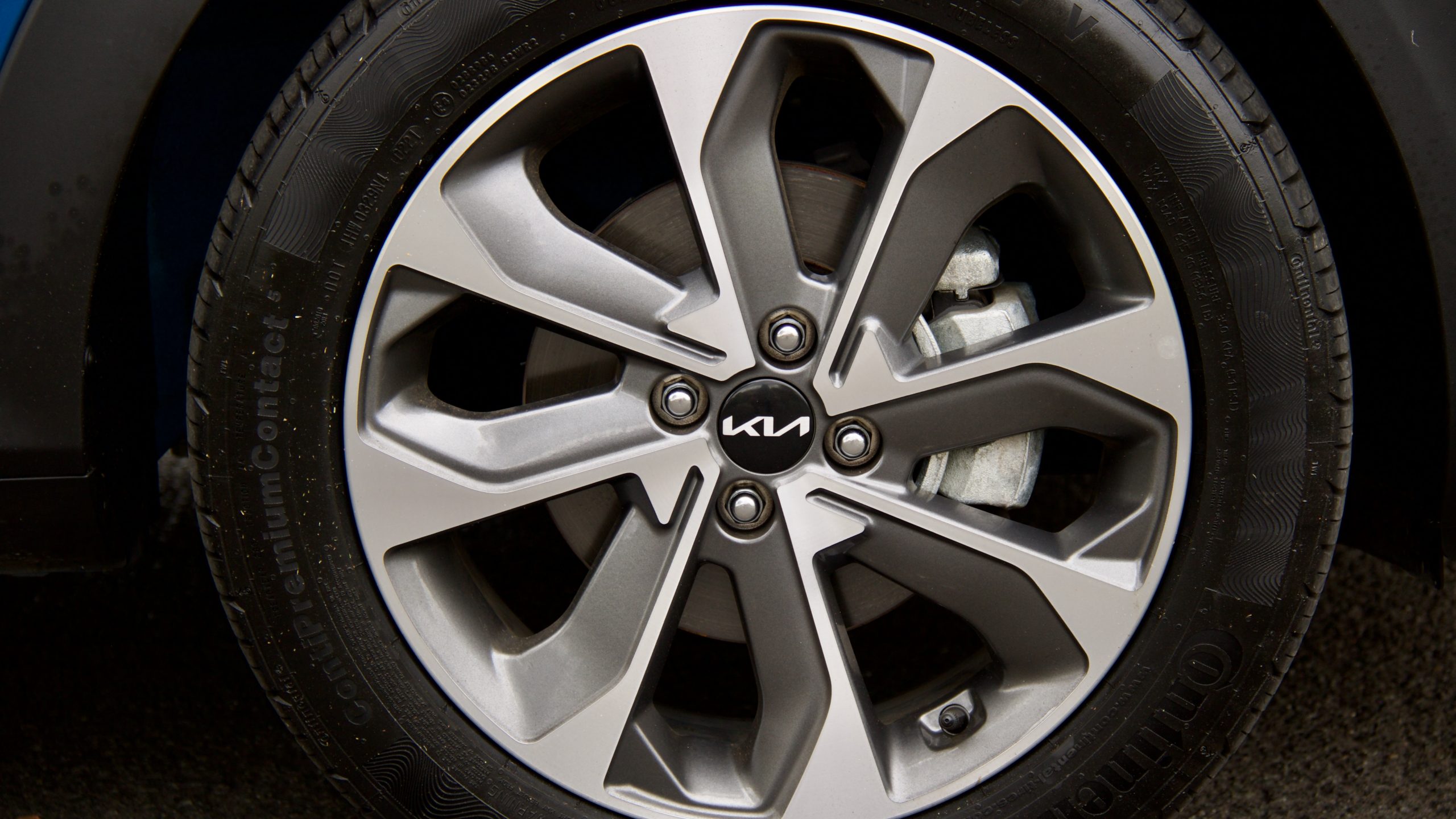
If it were our money, we’d choose the Yaris Cross for its superior safety equipment – especially when it’s only $3,000 extra – but the Stonic Sport still has a reasonable amount of standard equipment. A bigger problem for the Stonic Sport is that the larger Seltos starts at only $31,690 drive away, and aside from being a larger car, it adds a larger 2.0-litre engine, rear air vents, a lot more safety equipment like blind-spot monitoring and rear cross-traffic alert (both with braking), auto high beam, pedestrian and cyclist detection for the auto braking system, safe exit warning and wireless smartphone mirroring. The upgrade to the Seltos is well worth the extra $3,500 in our opinion.
Performance & Economy: 5/10
Under the bonnet of the 2022 Kia Stonic Sport is a 1.4-litre four-cylinder petrol engine that produces 74kW of power (at 6,000rpm) and 133Nm of torque (at 4,000rpm) – versus the CX-3’s larger 110kW/195Nm 2.0-litre engine and the Yaris Cross’ 85kW/145Nm 1.5-litre engine. You can have this engine with either a six-speed manual (thank you Kia for still offering it!) or the six-speed torque converter automatic that featured in our test car.
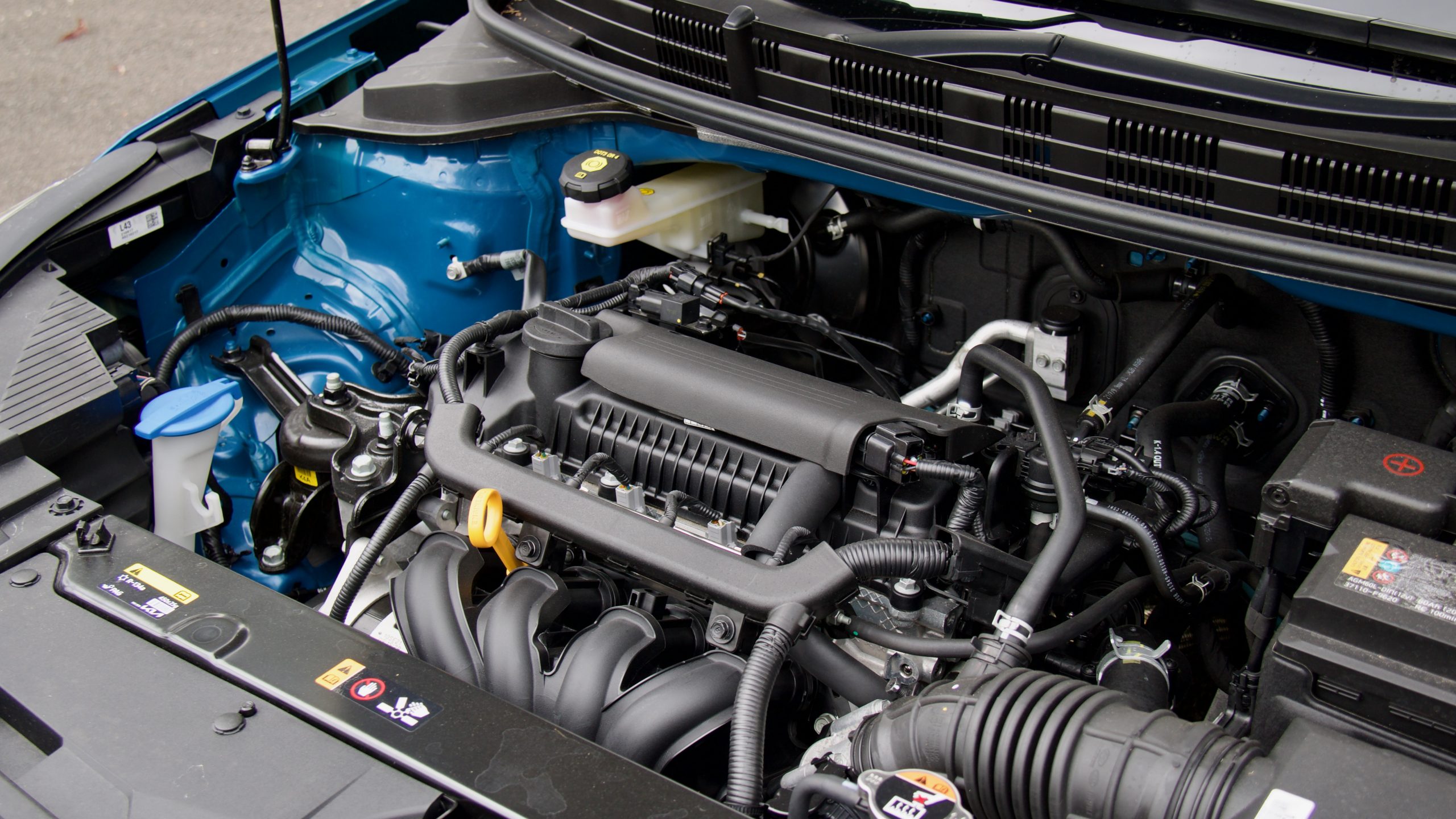
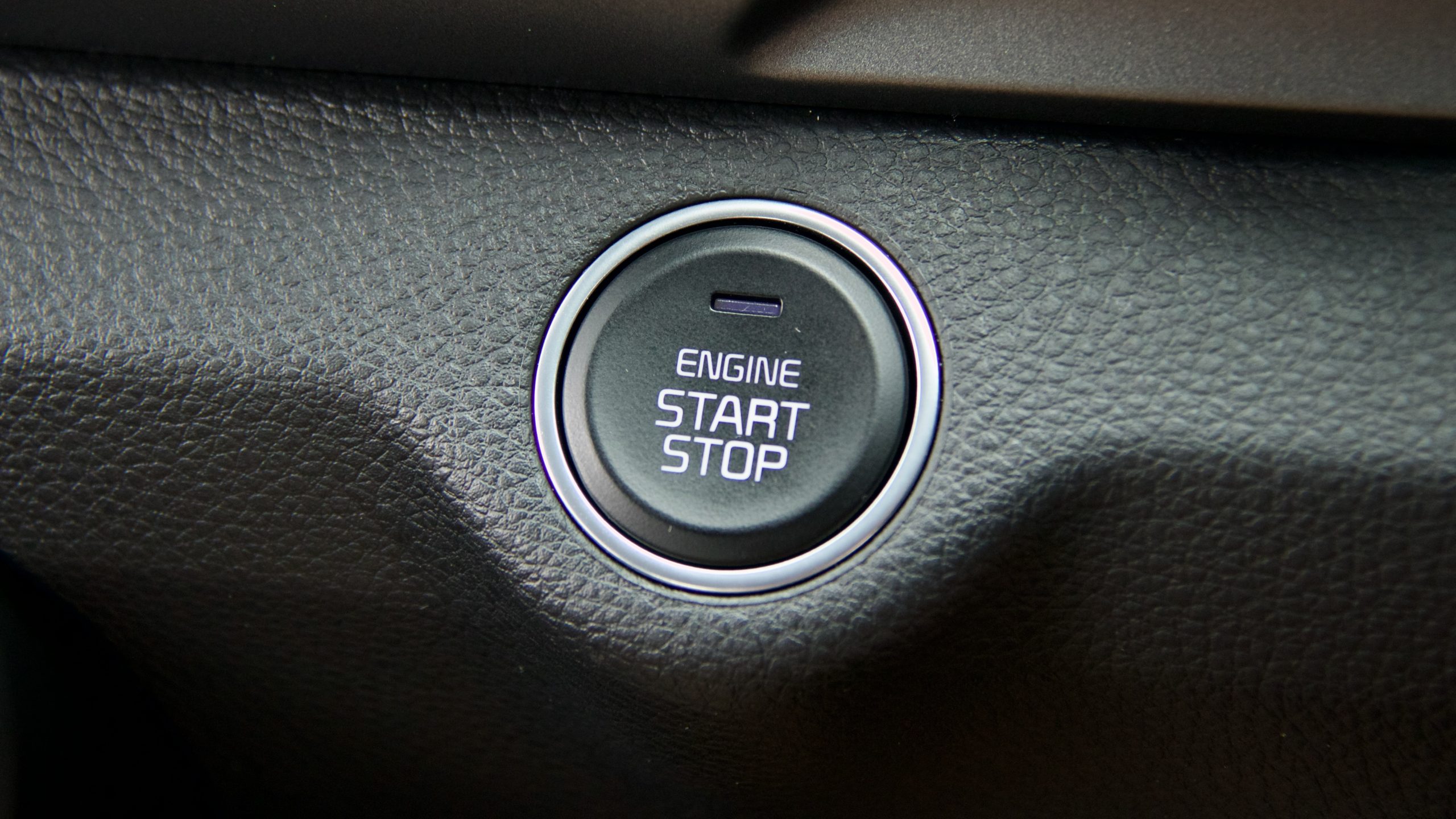
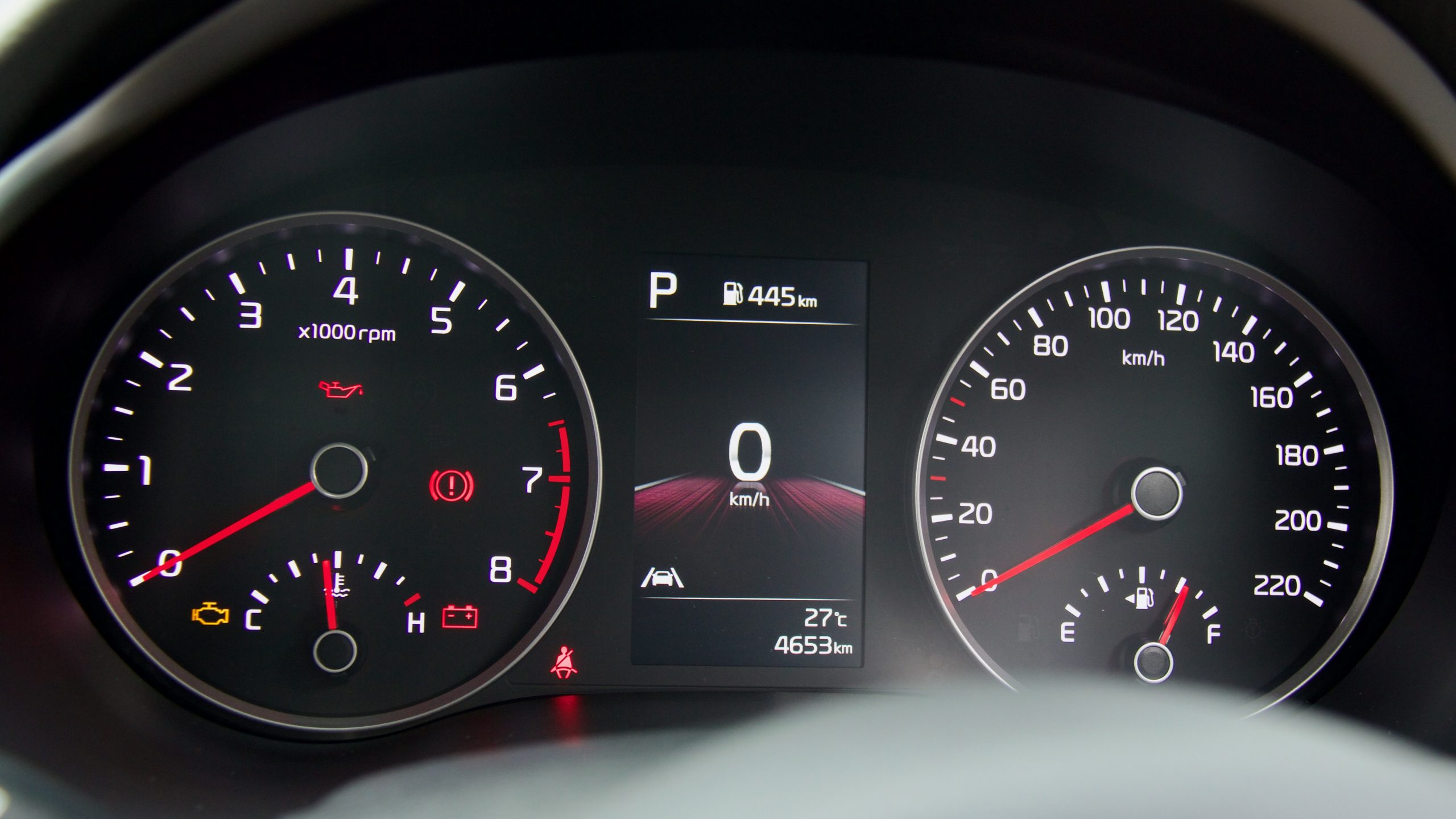
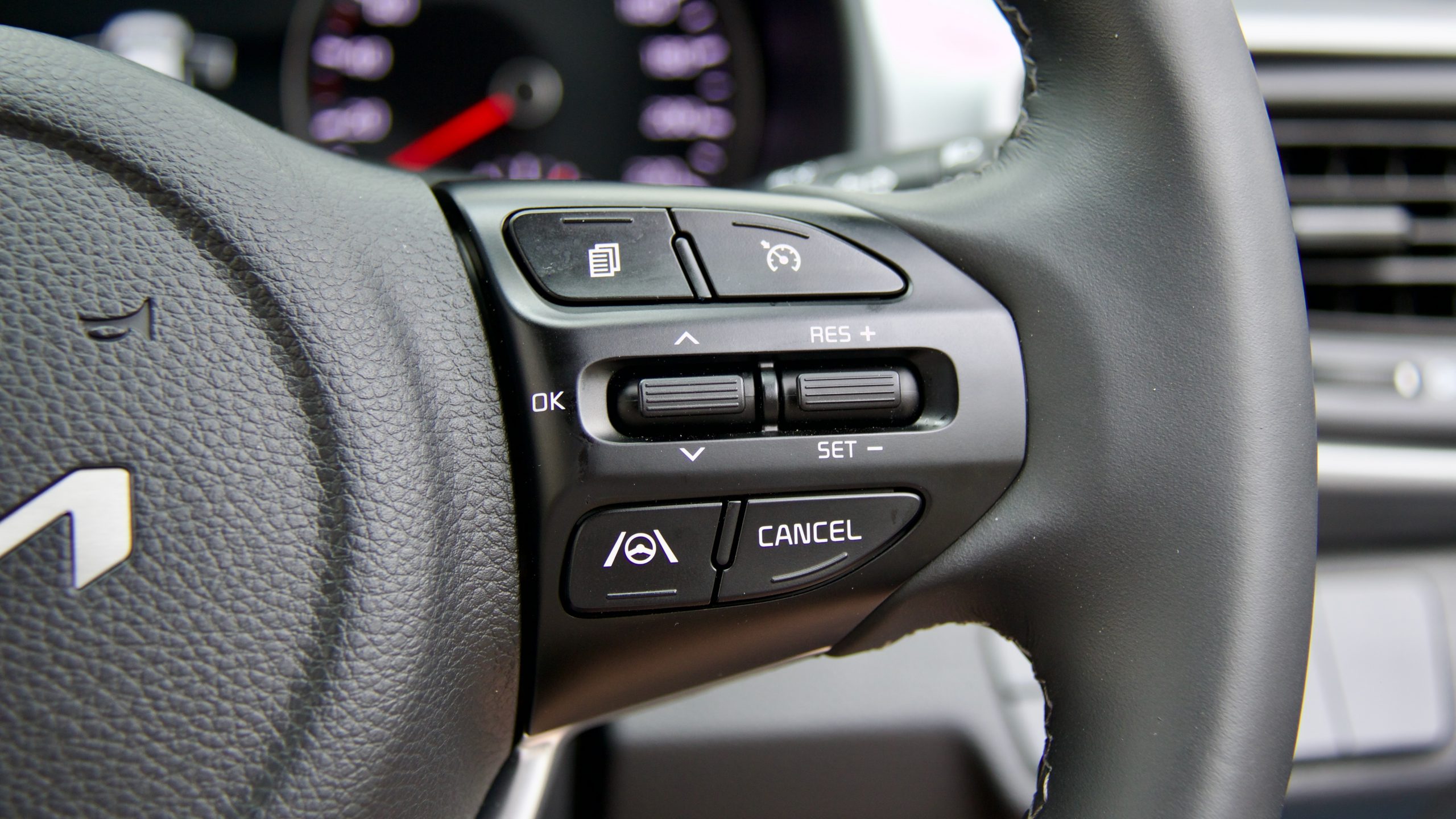
Regardless of which transmission you choose, however, the Stonic Sport is lacklustre in the drivetrain department. The engine is simply not powerful enough, even in everyday use and it’s also quite loud when you’re revving it – which you have to do in order to extract any performance out of it. A superior engine option exists in the top-spec Stonic GT-Line, which uses a turbocharged 1.0-litre three-cylinder engine that makes the same 74kW of power but a stronger 172Nm of torque, much lower in the rev range too, from just 1,500rpm. We wish this engine would be offered as an option across the Stonic range, as it’s far better than the atmo 1.4L that we tested here.
The six-speed automatic transmission does its best in masking the Stonic’s power deficit. It’s quite an intuitive transmission, though the engine’s lack of torque is felt, no matter which gear you’re in or speed you’re travelling at. It’s otherwise a really good transmission, and is smoother than the seven-speed dual-clutch automatic that features in the Stonic GT-Line.
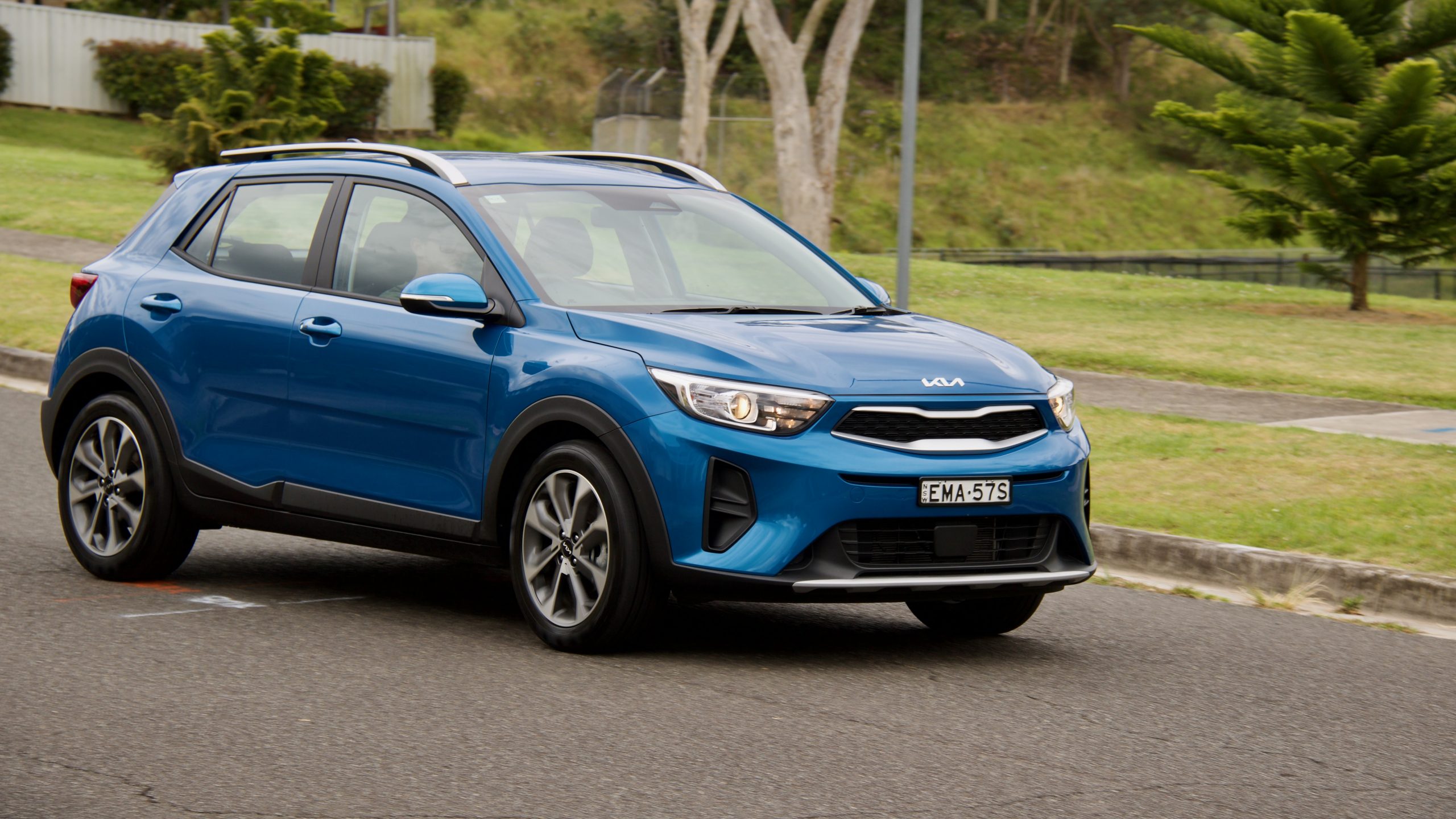
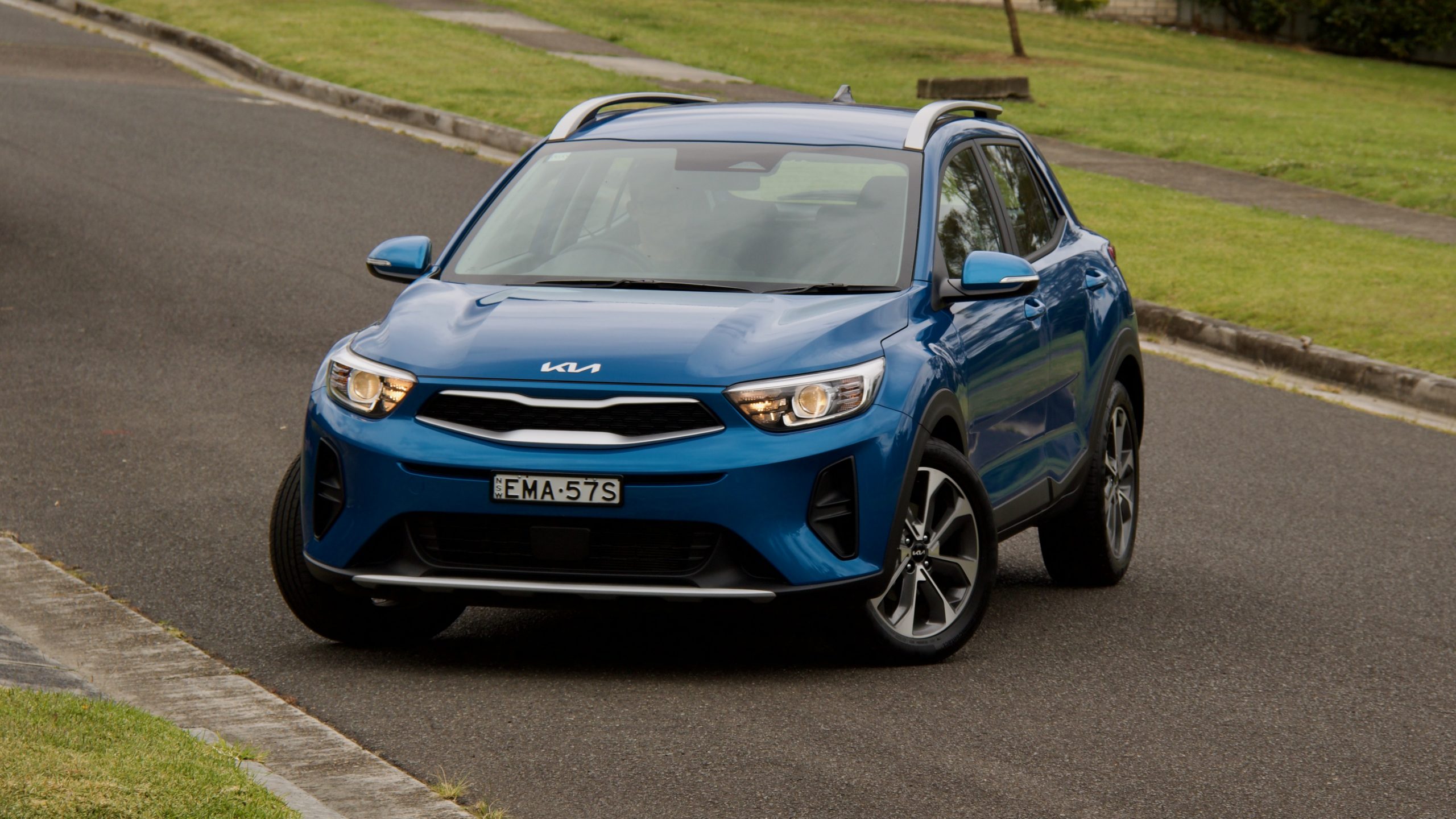
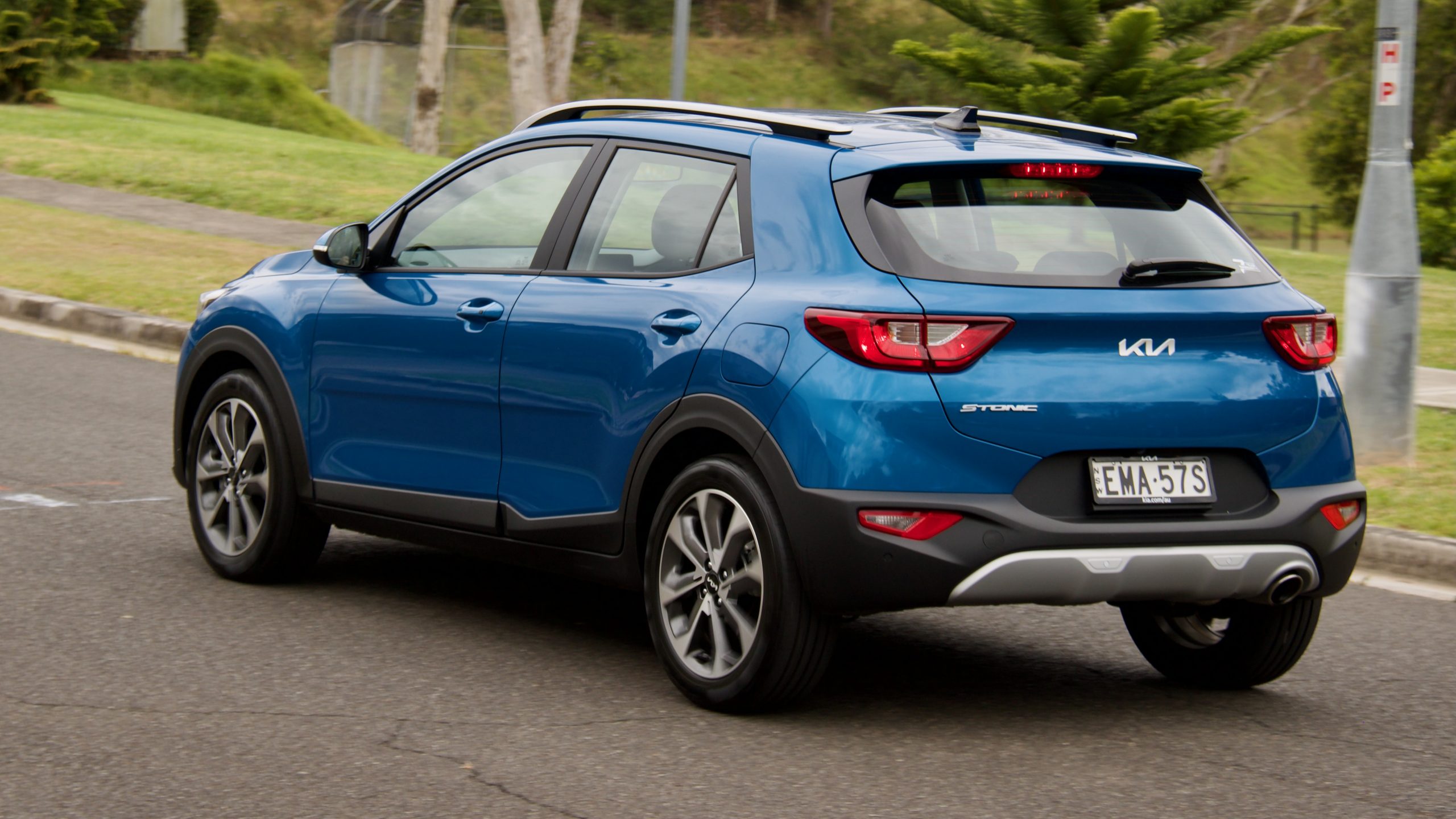
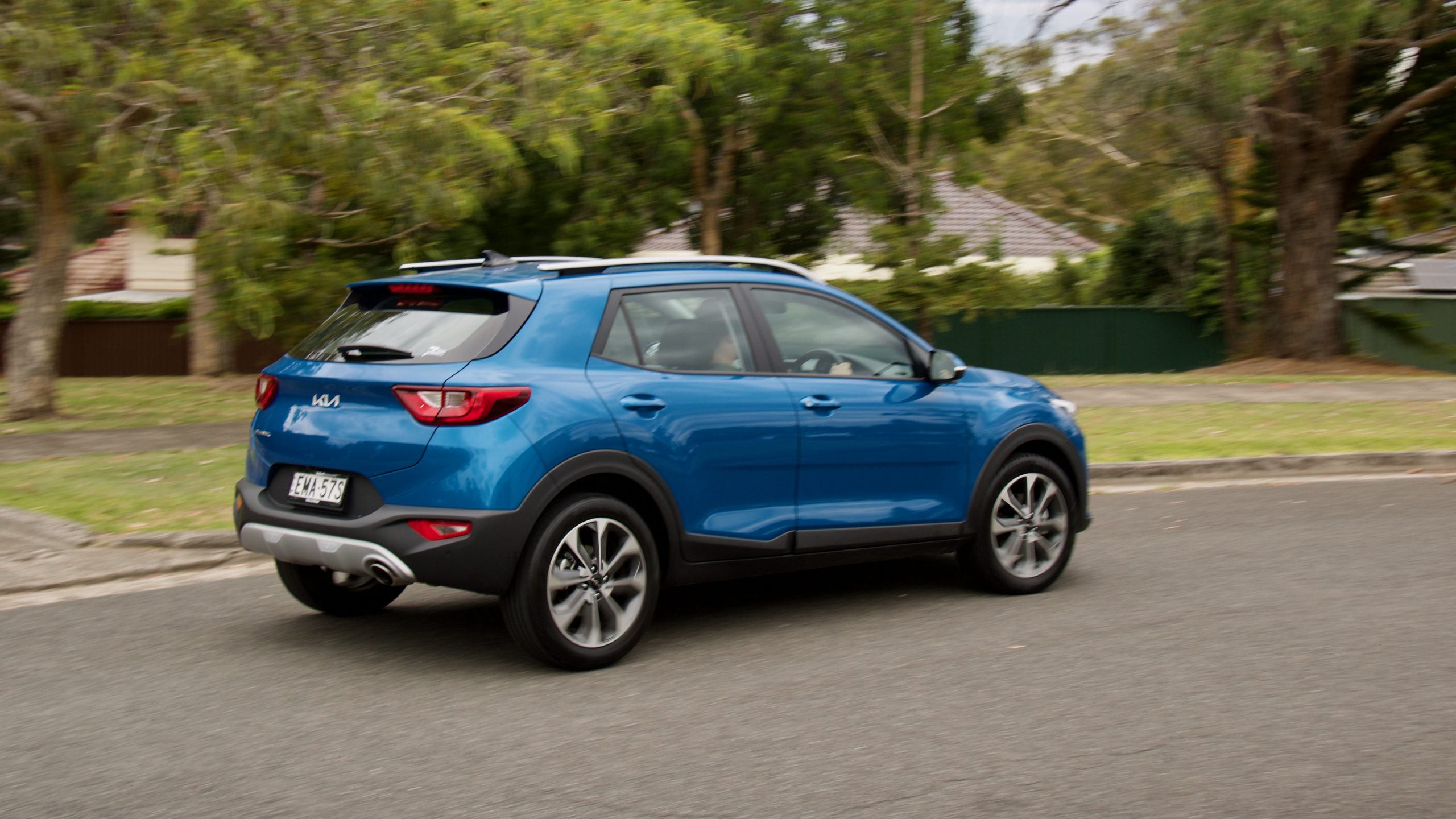
The claimed combined fuel consumption for the Stonic Sport automatic is 6.7L/100km with CO2 emissions of 155g/km – the CX-3’s equivalents are 6.3L/100km and 143g/km and the Yaris Cross’ is 5.4L/100km and 124g/km. In combined driving, we achieved 9.2L/100km in the Stonic, which is a lot more than a CX-3 in our testing, yet with much less performance. The Stonic can run on 91RON regular unleaded and it has a 45-litre fuel tank.
Ride & Handling: 8/10
Using the same platform as the Rio light car, the 2022 Kia Stonic Sport drives quite nicely. The ride quality is a particular highlight as it isn’t too firm, yet it’s got great body control and is quite agile too. The steering isn’t the last word in feel, but it’s well weighted and the handling is quite fun as well. While it’s not quite as nice to drive as a CX-3, it is more comfortable. The Stonic also feels more mature than the CX-3 at highway speeds, with a nicely planted feeling despite its low 1,192kg tare weight.
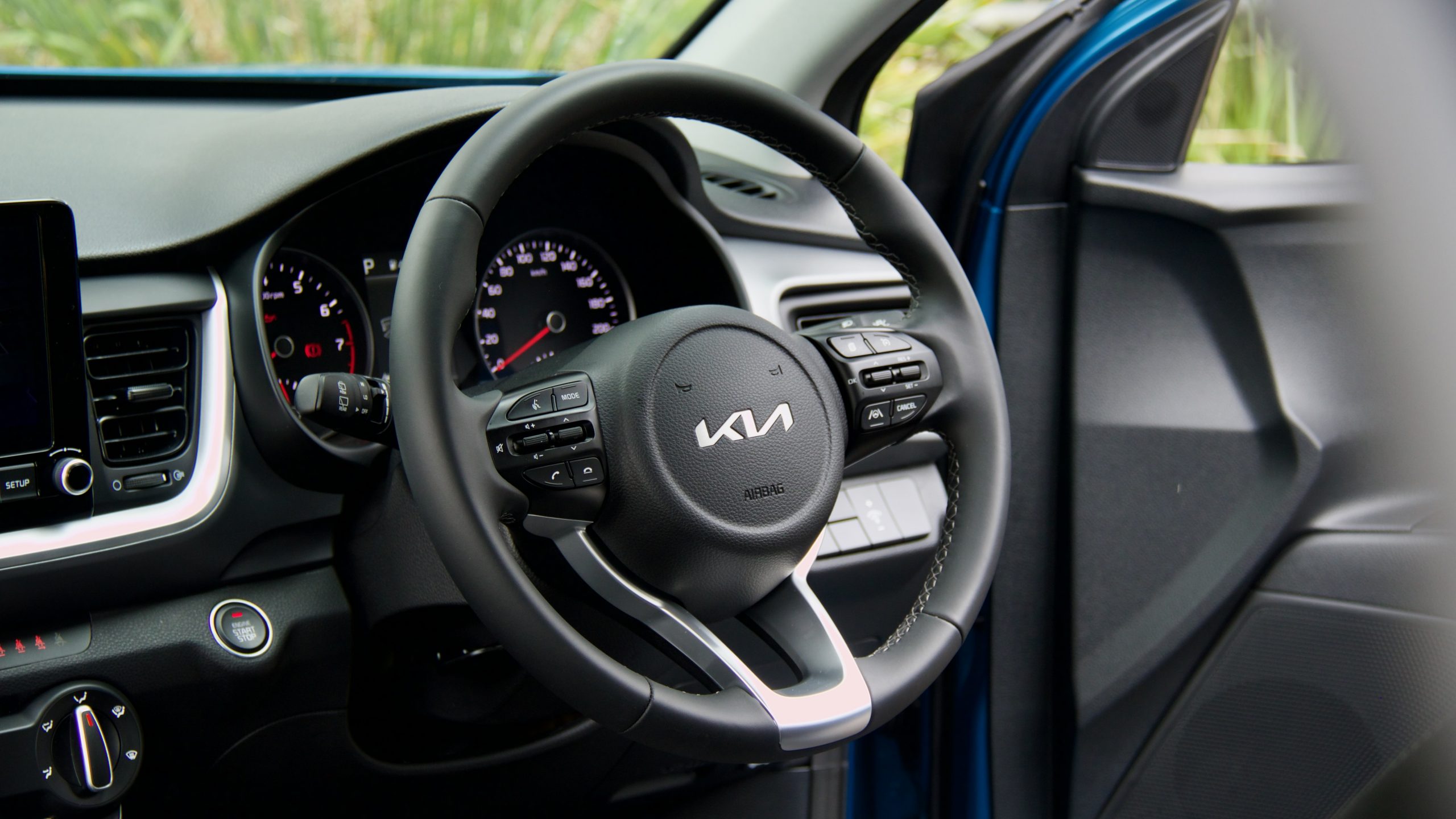
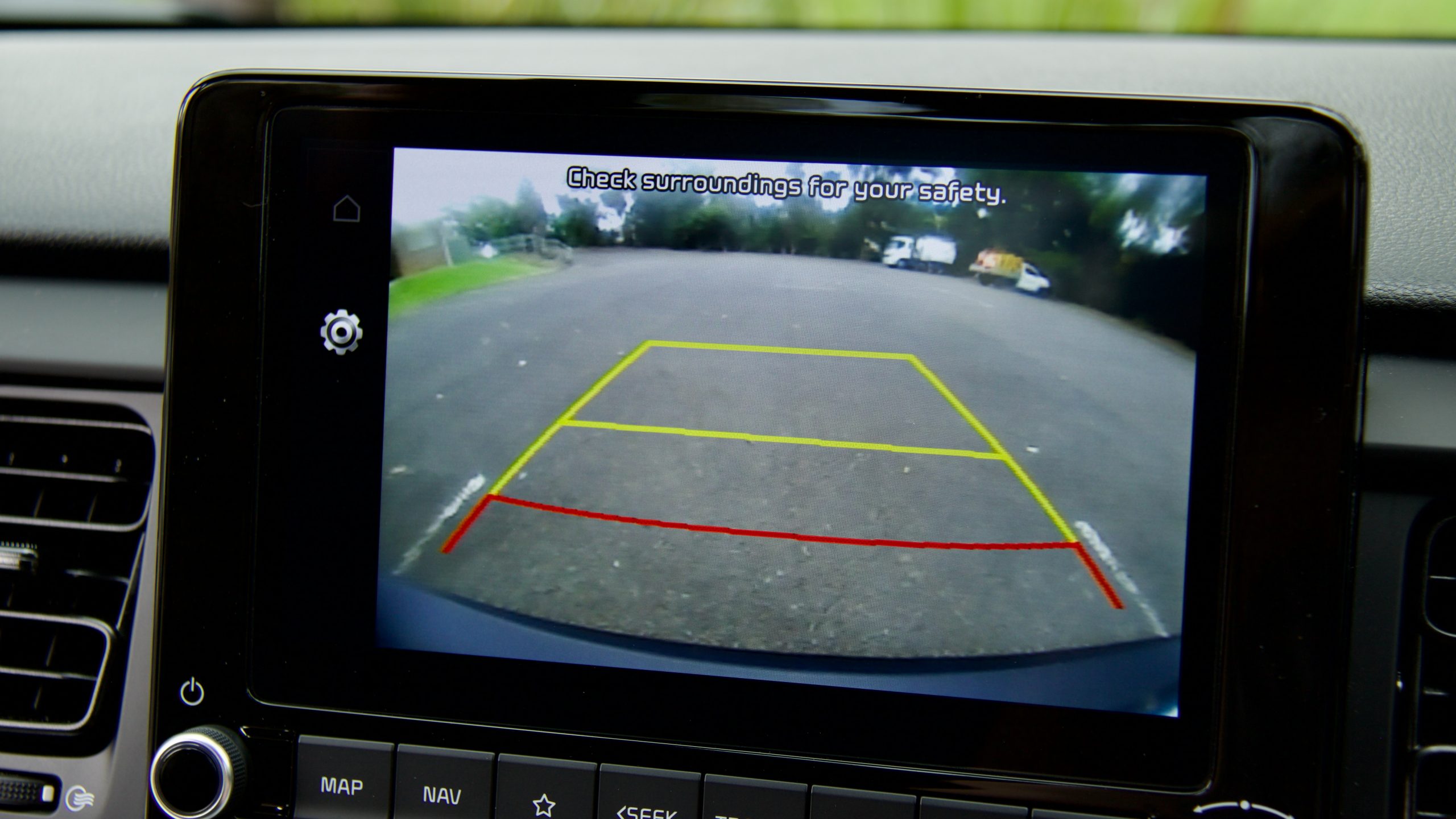
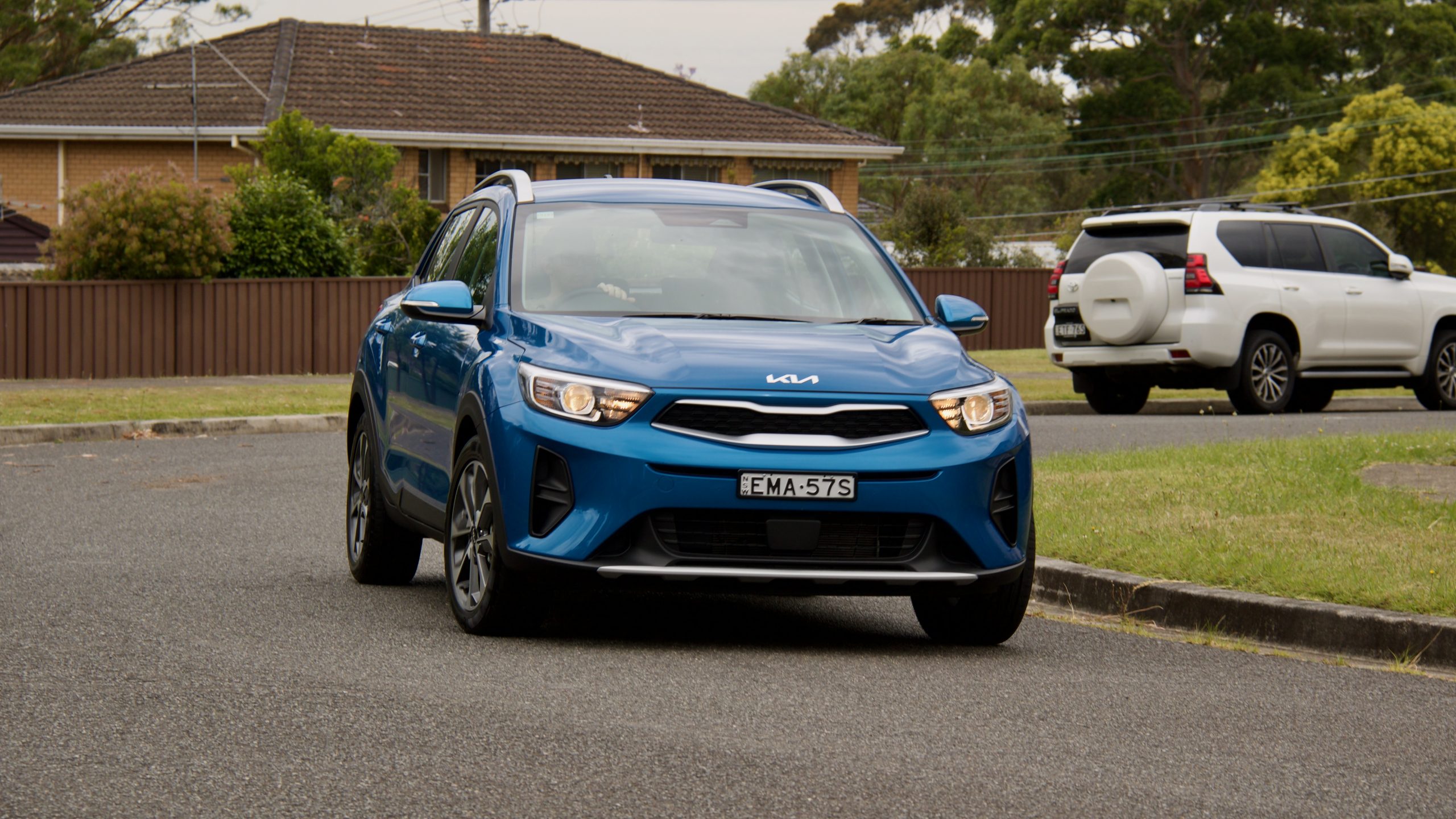
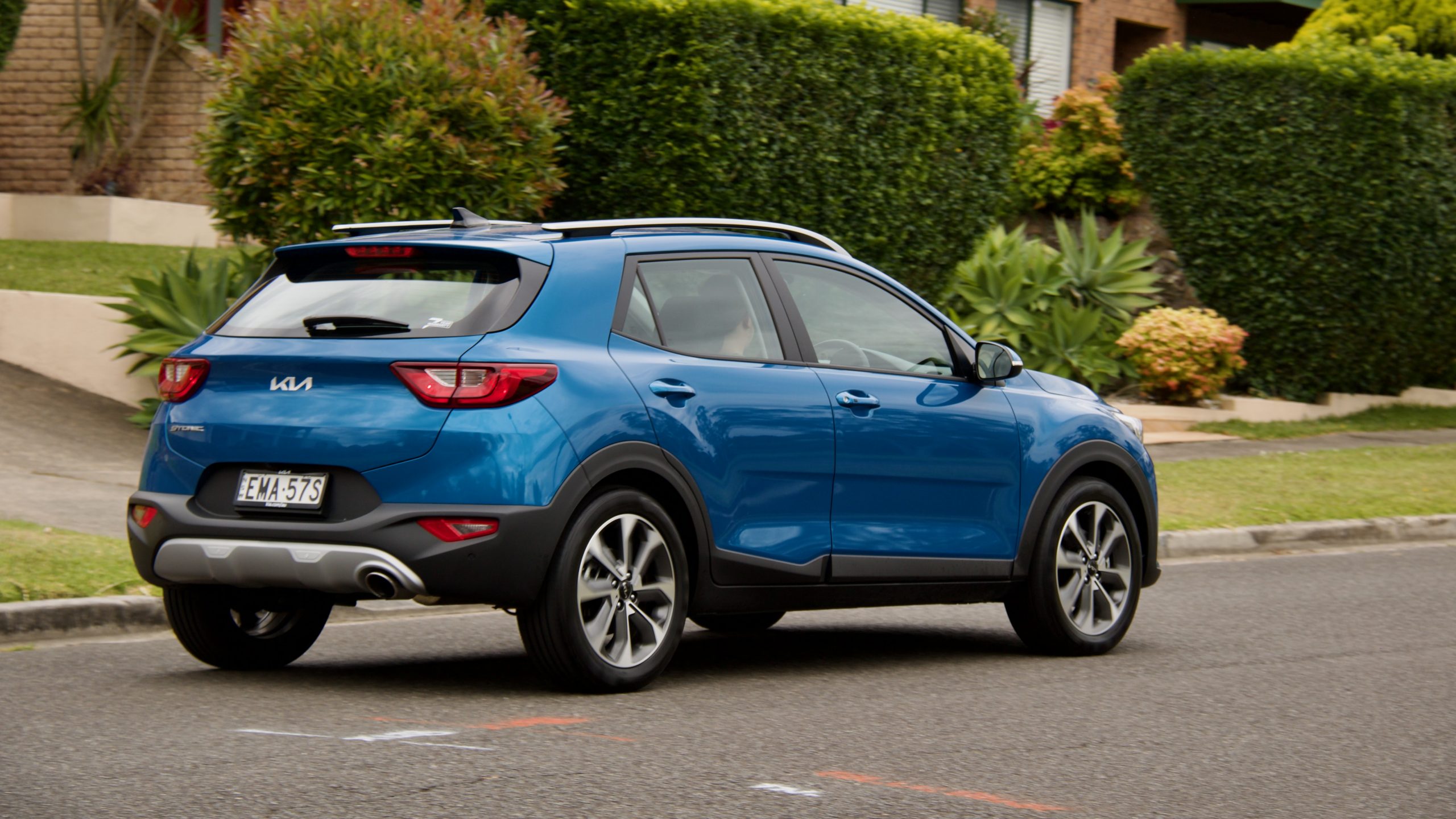
Helping the driving experience further is good visibility, while the road noise levels are lower than you might expect as well. We also quite like Kia’s tuning of its active safety systems and how easy they are to disable – the lane keep assist, for example, does a good job of keeping you in your lane above 60km/h but if you don’t want it, just press the button on the steering wheel and it turns off. We would like to see features like blind-spot monitoring and rear cross-traffic alert added, however.
Interior & Practicality: 8/10
As you’d expect for a car based on the Rio hatchback, the 2022 Kia Stonic Sport’s cabin is very similar. The dashboard is nigh on identical, while the feature list is very similar as well. The Stonic’s cabin is well screwed together and feels built to last, but the materials aren’t great with not a soft touch panel in the entire car. The switchgear in the CX-3 definitely feels higher quality, while the Yaris Cross has more liberal use of soft touch materials in the front cabin.
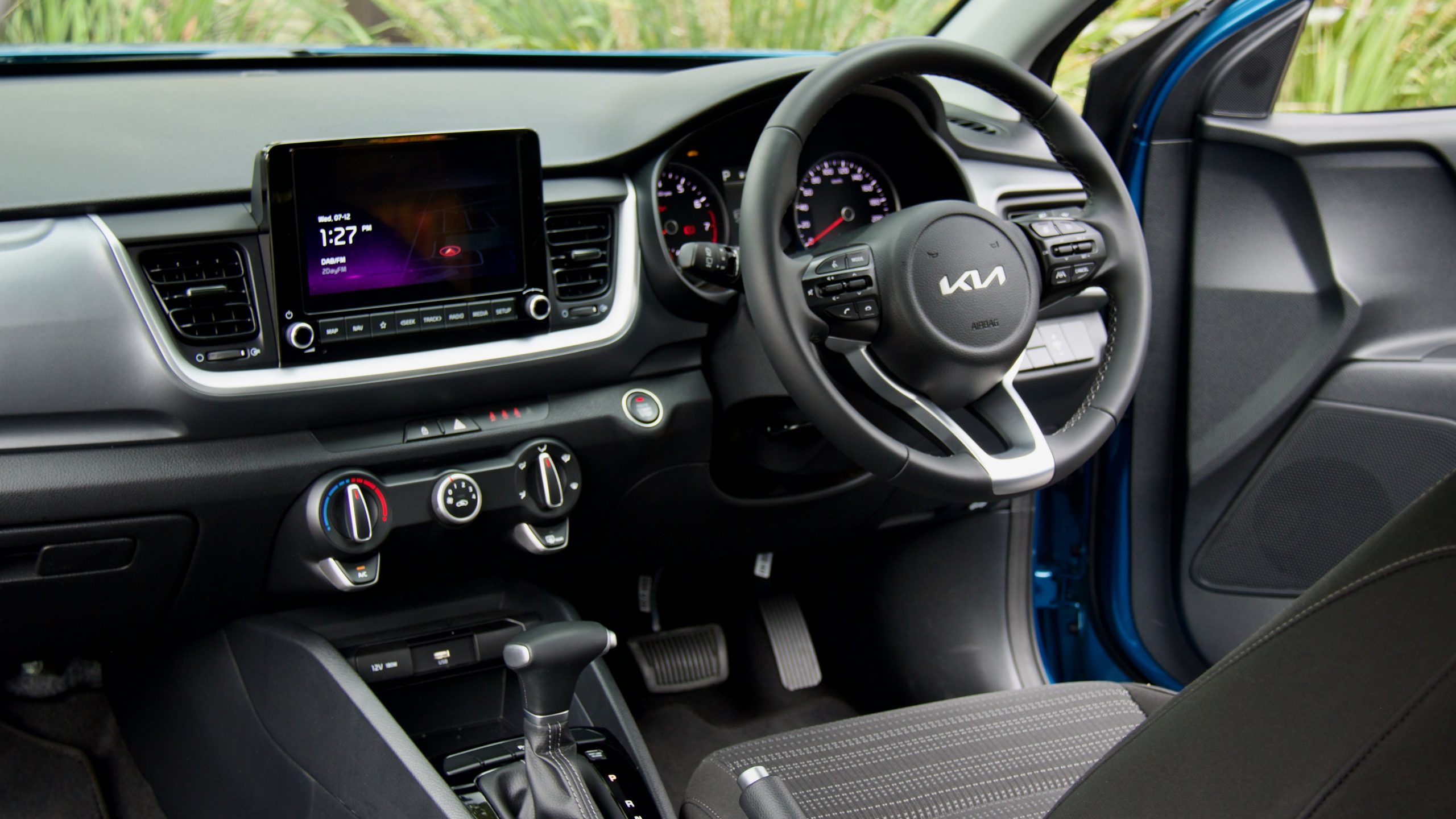
The Stonic’s cabin is more practical than both the CX-3 and Yaris Cross though, with reasonably sized door bins, a big centre console with a few layers of storage, a small box underneath the centre armrest and a large glovebox.
Centre of the Stonic Sport’s cabin is an 8.0-inch touchscreen with wired Apple CarPlay and Android Auto, satellite navigation and digital radio. The software is identical to other Kia models, with a great layout, easy to use functionality and a good mix of colours – it’s far superior to the slow systems used in both the CX-3 and Yaris Cross.
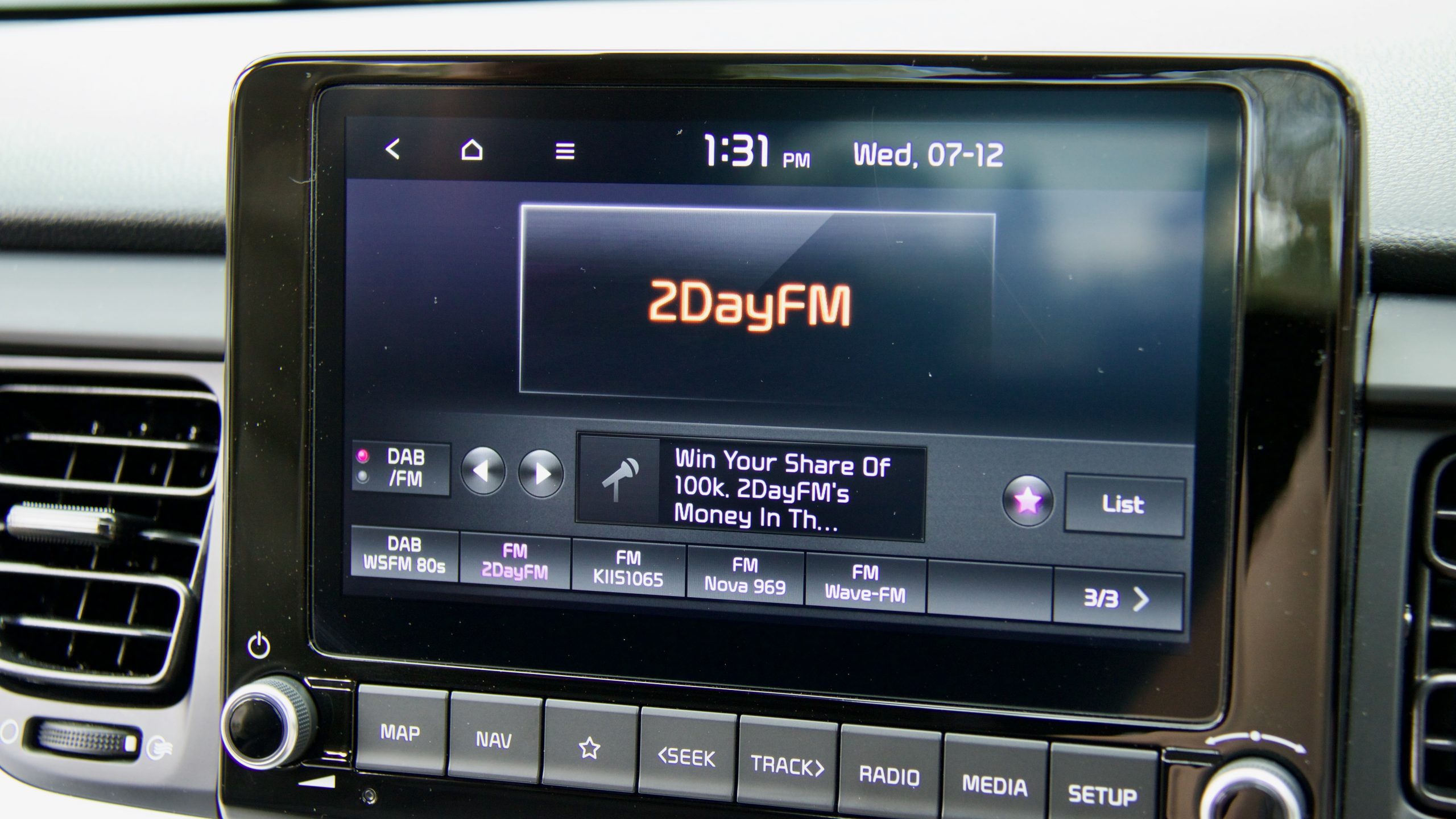
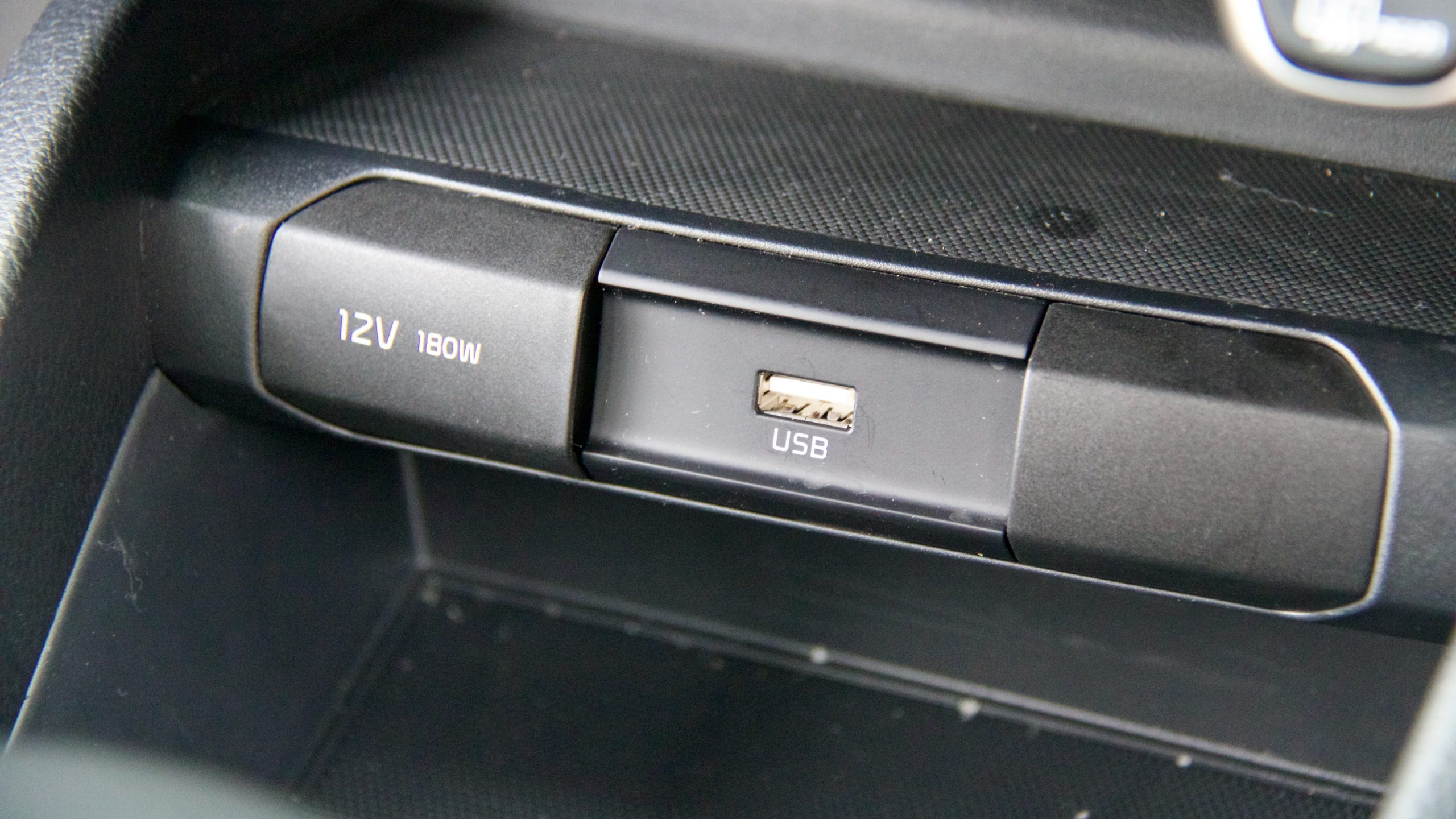
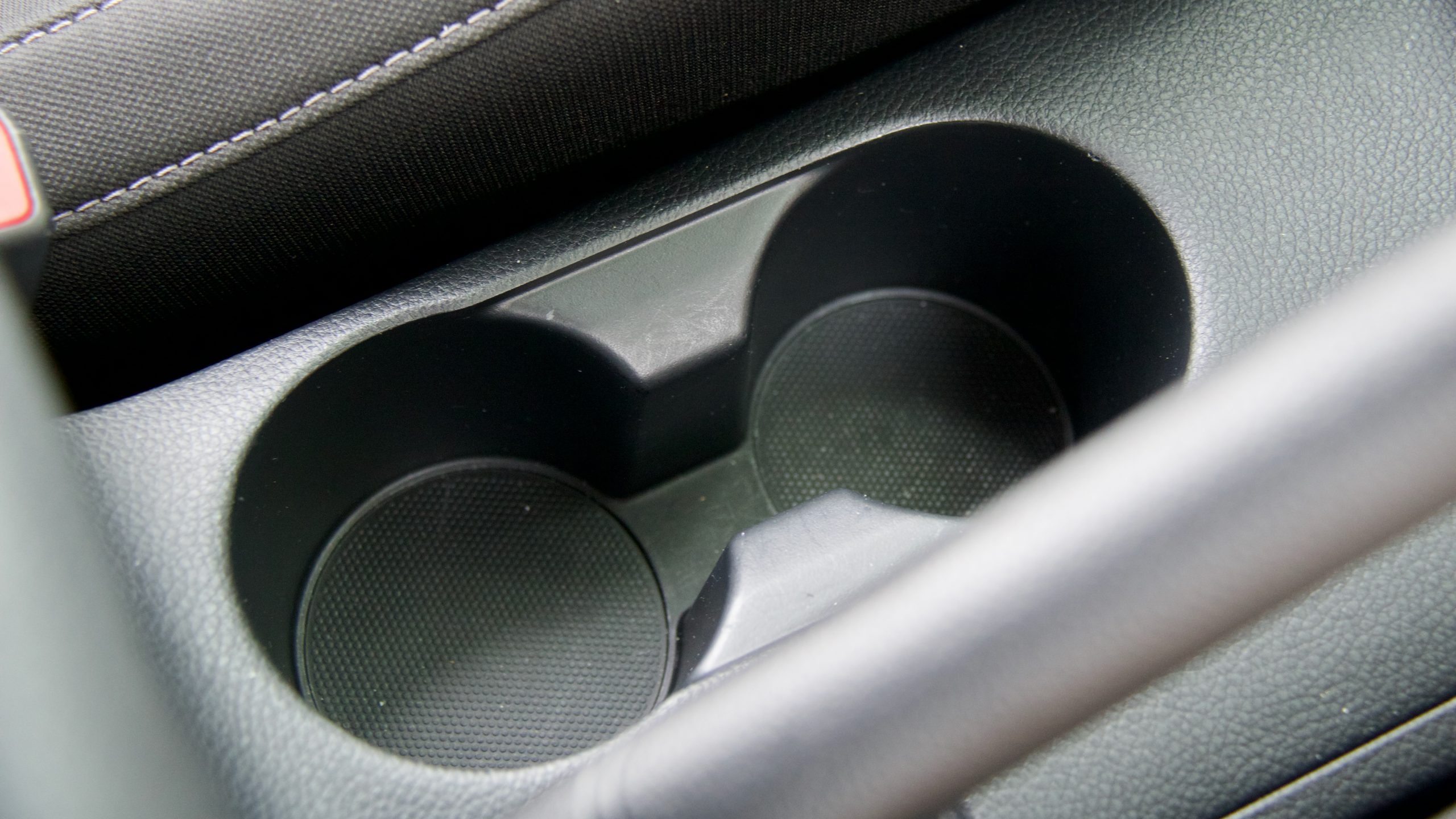
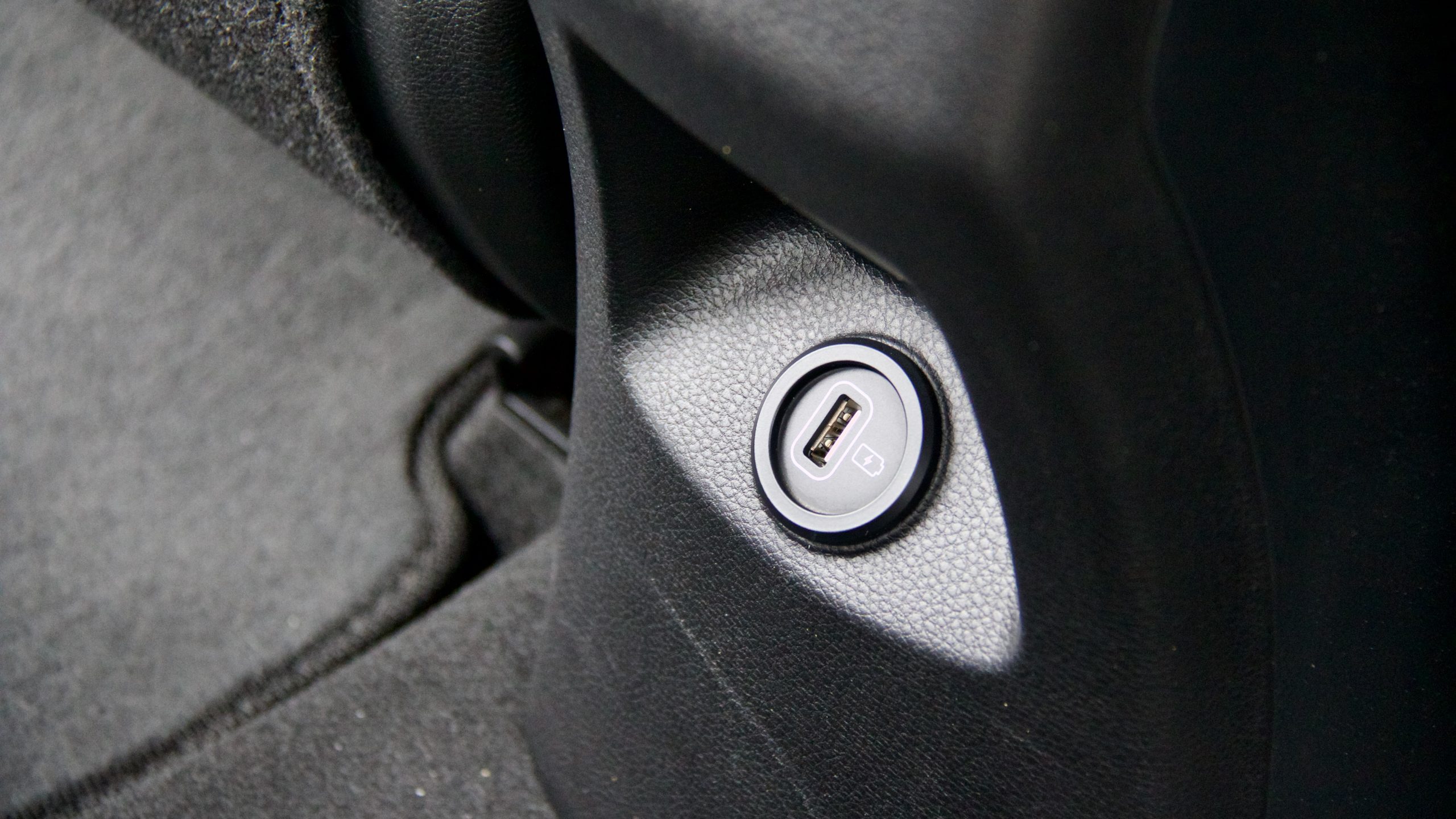
Having said that, the reversing camera is far grainier than what’s used in the Seltos and Sportage, and needs an upgrade. The six-speaker sound system is reasonable too, though hardly anything special.
The rear seat of the Stonic is reasonably spacious for the class, especially compared to the cramped CX-3, though the Yaris Cross is about on par. Six-footers will fit fine, but keep it to two instead of three for maximum comfort. It also features one map pocket, door pockets and a USB-A port for charging, but that’s it – no arm rest or second map pocket.
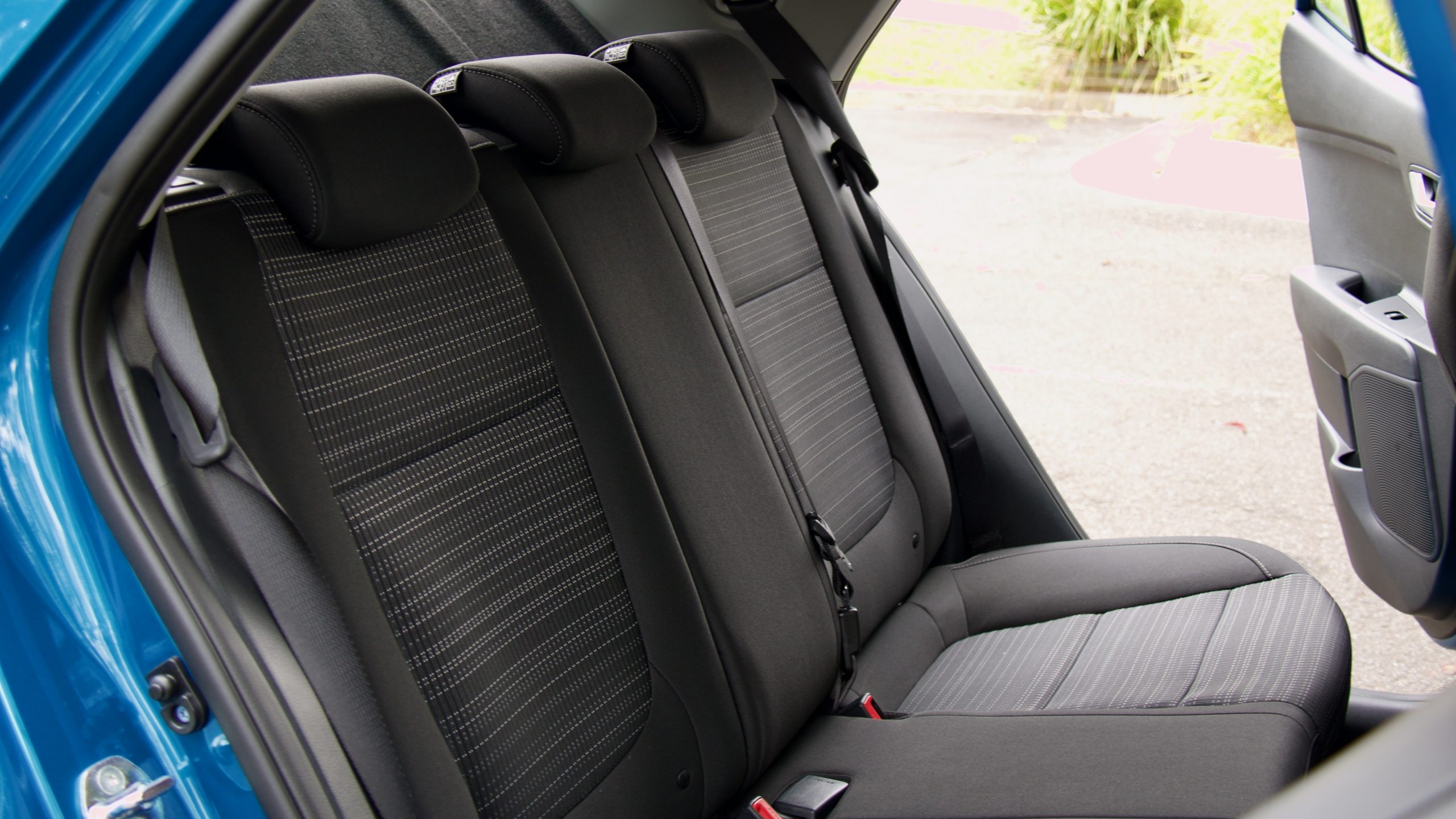
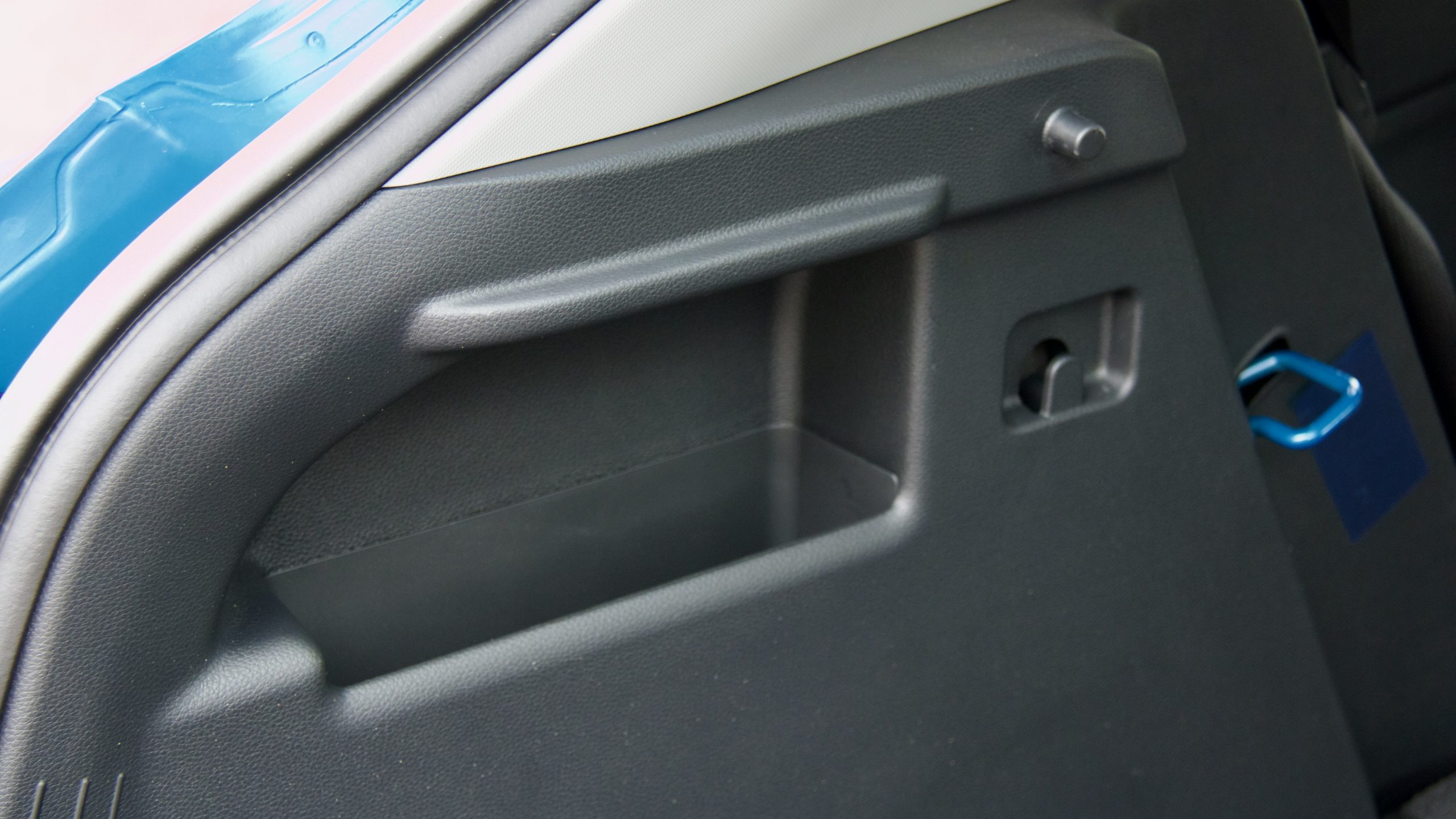
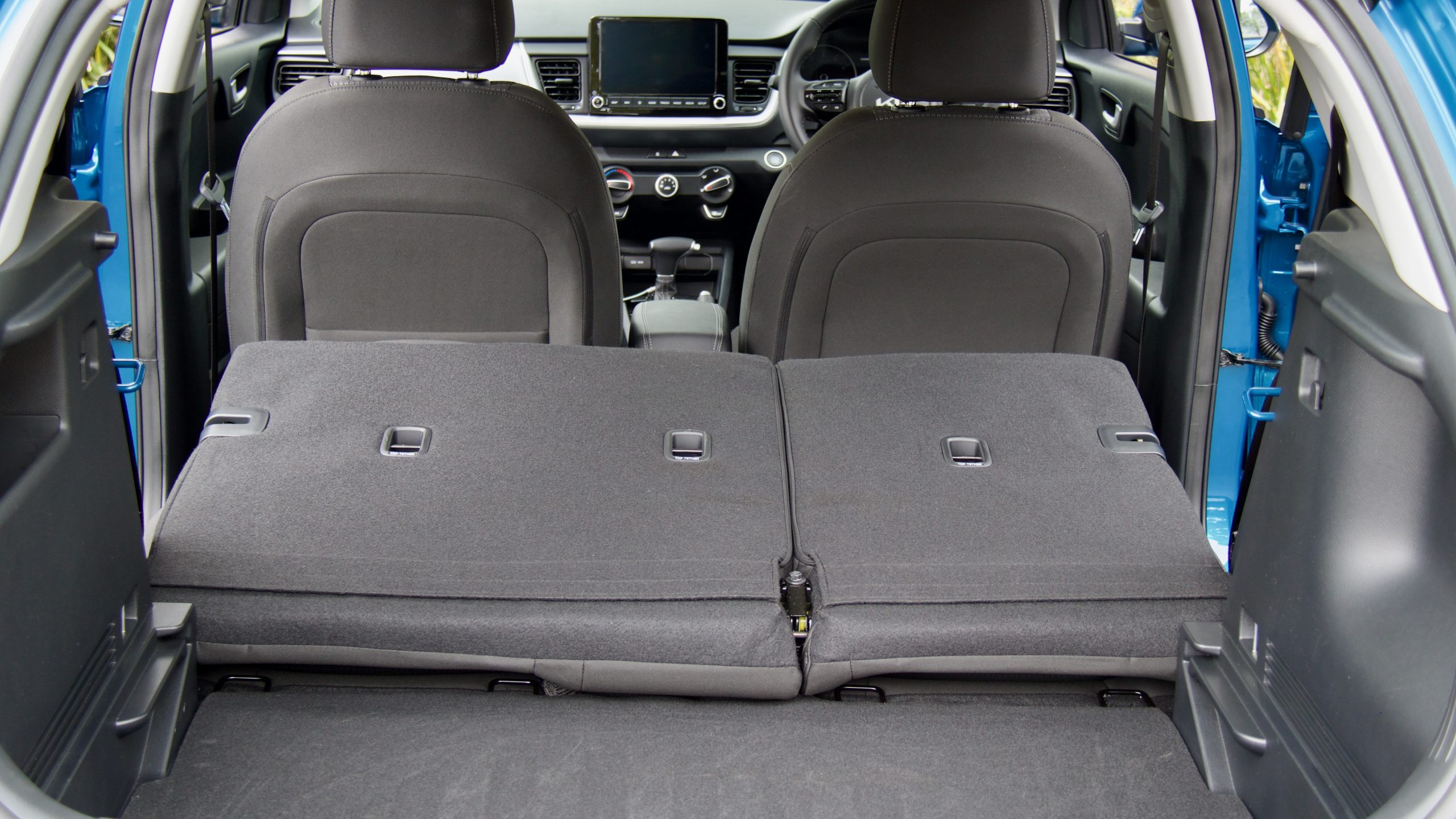
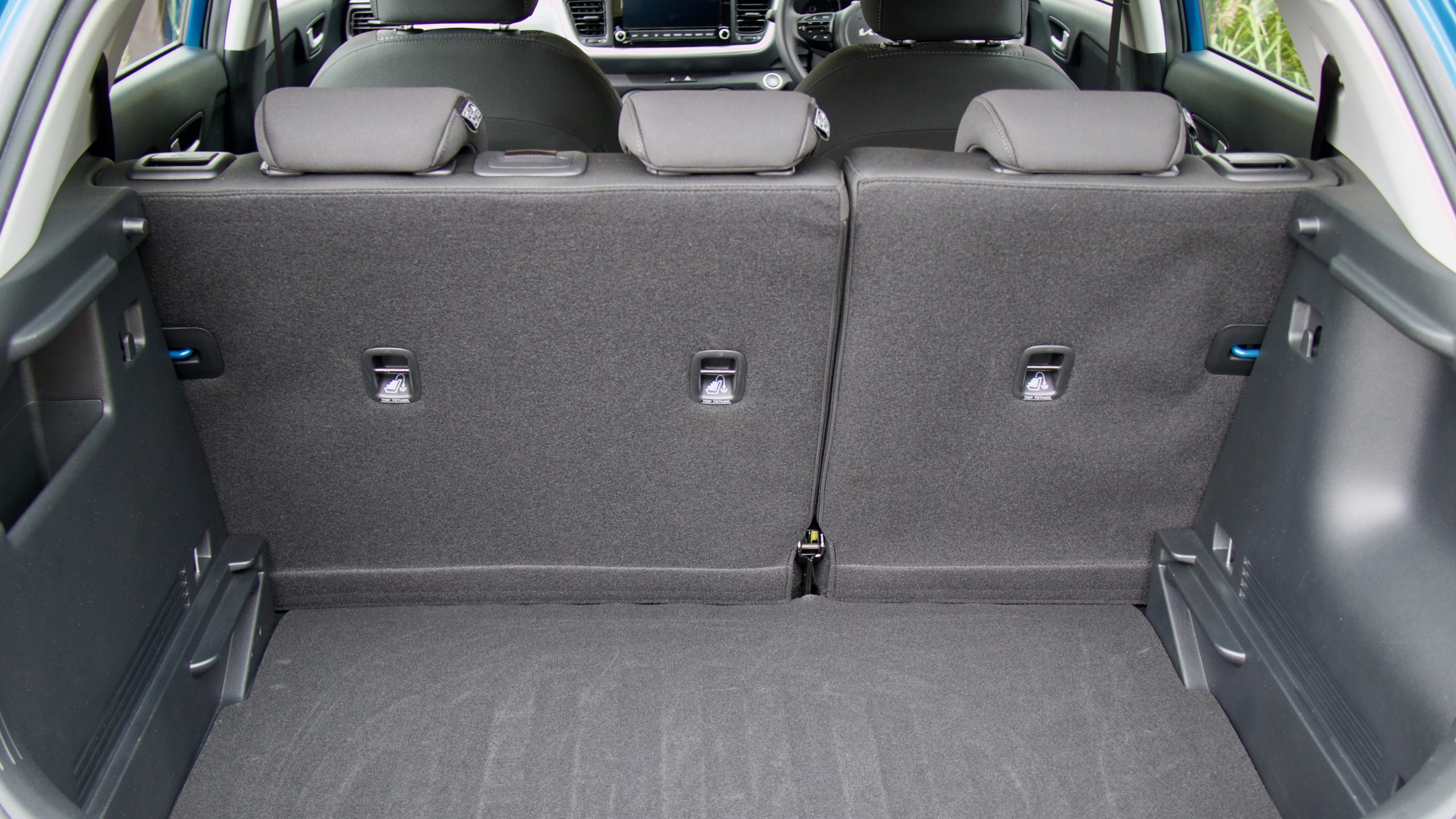
The boot of the 2022 Kia Stonic Sport measures a healthy 332-litres with the seats up and 1,332L with the seats folded. There are a few boot features like side storage and some hooks, while a space saver spare wheel lies underneath the boot floor. The boot floor is a long way down from the boot opening, however, and because Australia is denied the dual-level boot floor option, a big gap between the seats and boot floor exists when the rear seats are folded.
Service & Warranty: 8/10
Like other new Kia products, the 2022 Kia Stonic Sport has a seven-year/unlimited km warranty with 12 months of roadside assistance that can be extended up to eight years in total by servicing through a Kia dealership. The 1.4-litre engine’s service intervals are once yearly/every 15,000km – whichever comes first – and five years/75,000km of servicing costs an expensive $1,958 ($391 per service).
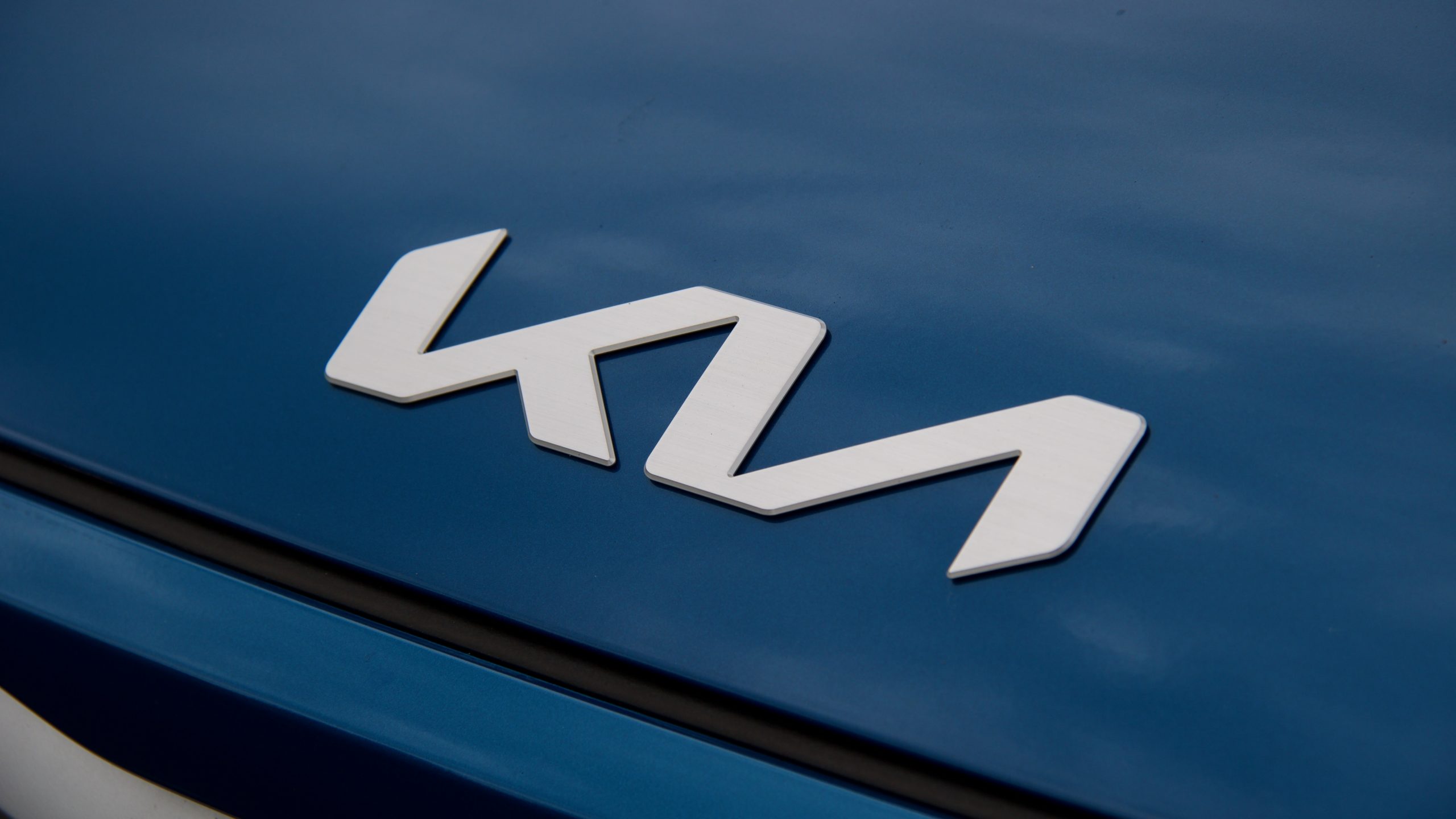
Both Toyota and Mazda give their products lesser five-year/unlimited km warranties, though Toyota increases that to seven years, for the drivetrain, if you service your car at a Toyota dealership. Mazda gives you five years of roadside assistance, while Toyota gives you none. Servicing the CX-3 over five years costs $2,082 ($416 per service) and the same for the Yaris Cross costs just $1,075 ($215 per service) – though the CX-3 is only covered to 50,000km thanks to Mazda’s short 10,000km intervals versus Toyota and Kia’s 15,000km intervals.
The 2022 Kia Stonic Sport DiscoverAuto Rating: 7.4/10
In our opinion, the 2022 Kia Stonic Sport offers a lot to small SUV buyers – it’s reasonably good value for money, its cabin is spacious against the CX-3, the transmission is excellent, it’s well screwed together and it rides and handles quite well for the segment. We also think that it’s quite handsome, which counts for a lot in the style-driven segment that it competes in.
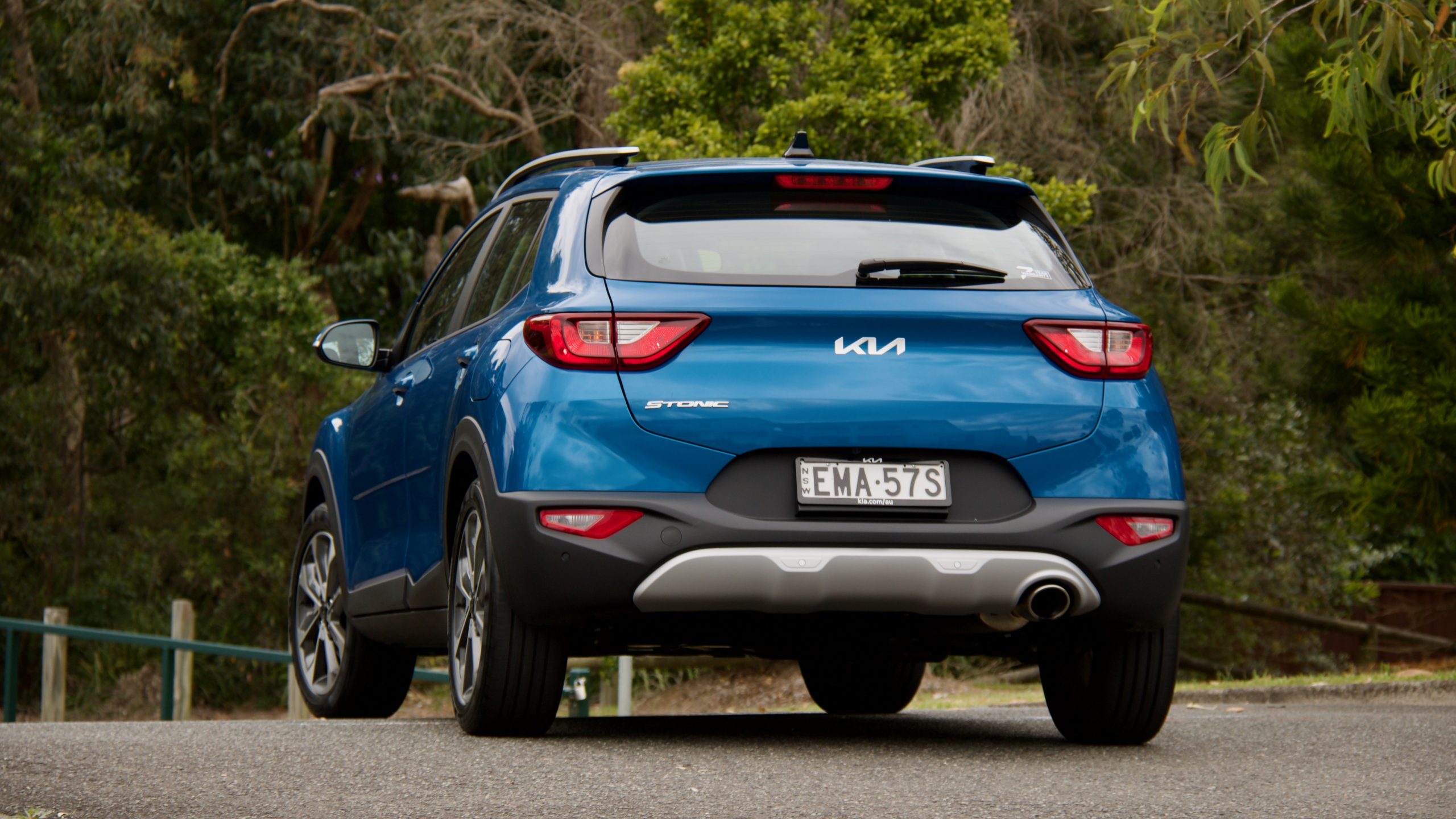
But the Stonic is not perfect and its engine is quite lacklustre. Not only is it underpowered, but it’s also thrashy and thirsty too. The transmission tries to hide its lack of torque but unfortunately, you never escape its negatives. Also, while it’s good value for money, the larger, more sophisticated and better equipped Seltos starts at under $4,000 more, which is money well spent. However, if you can look beyond these negatives, the Stonic is a good small SUV – just do your shopping before committing.
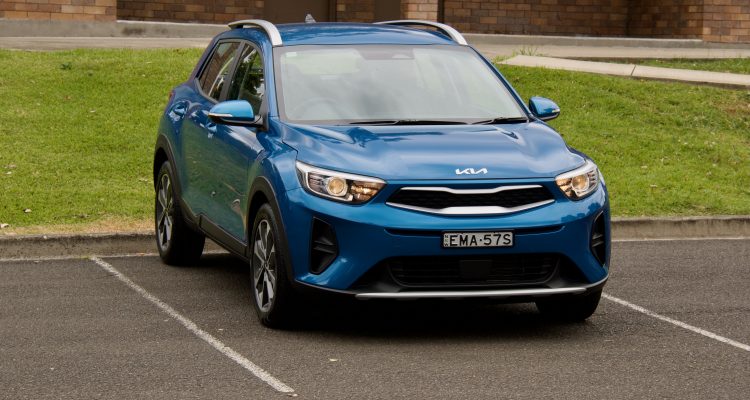
Leave a Reply